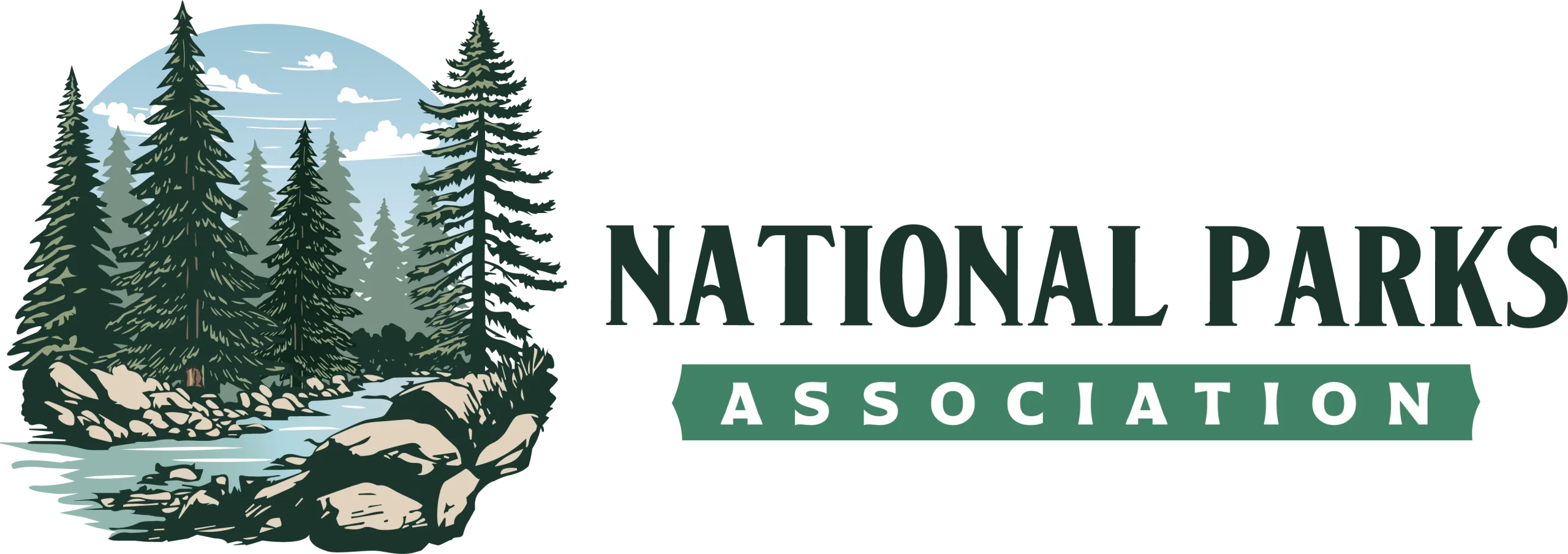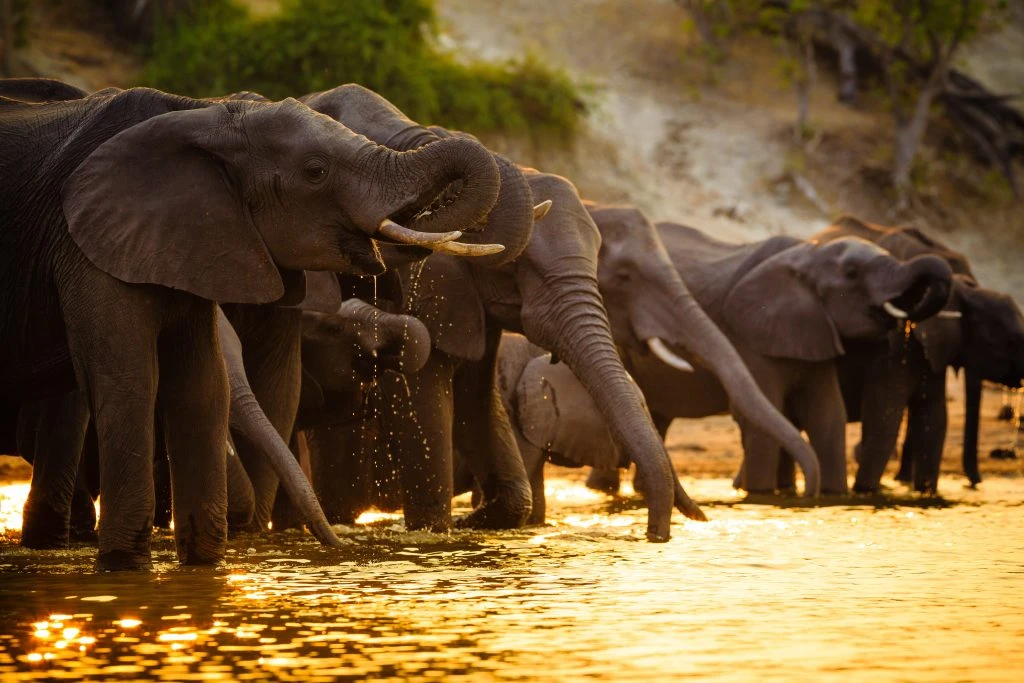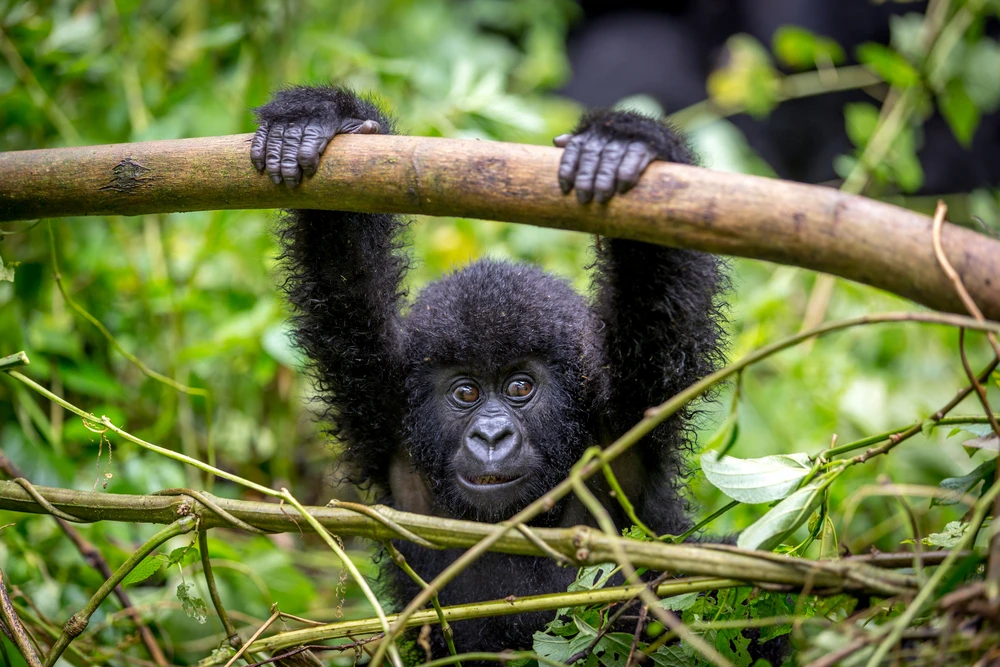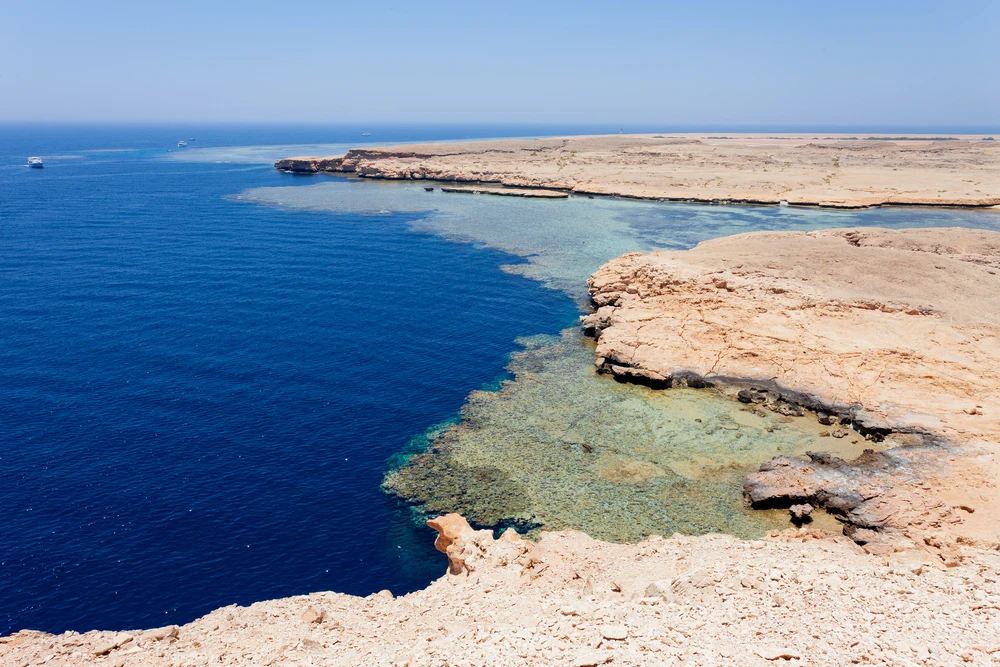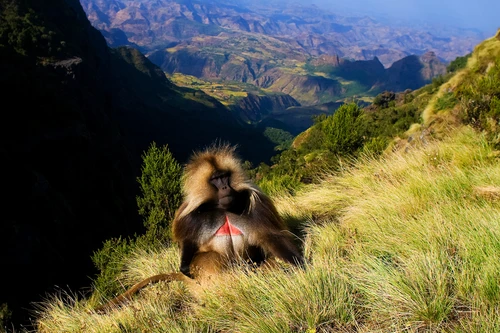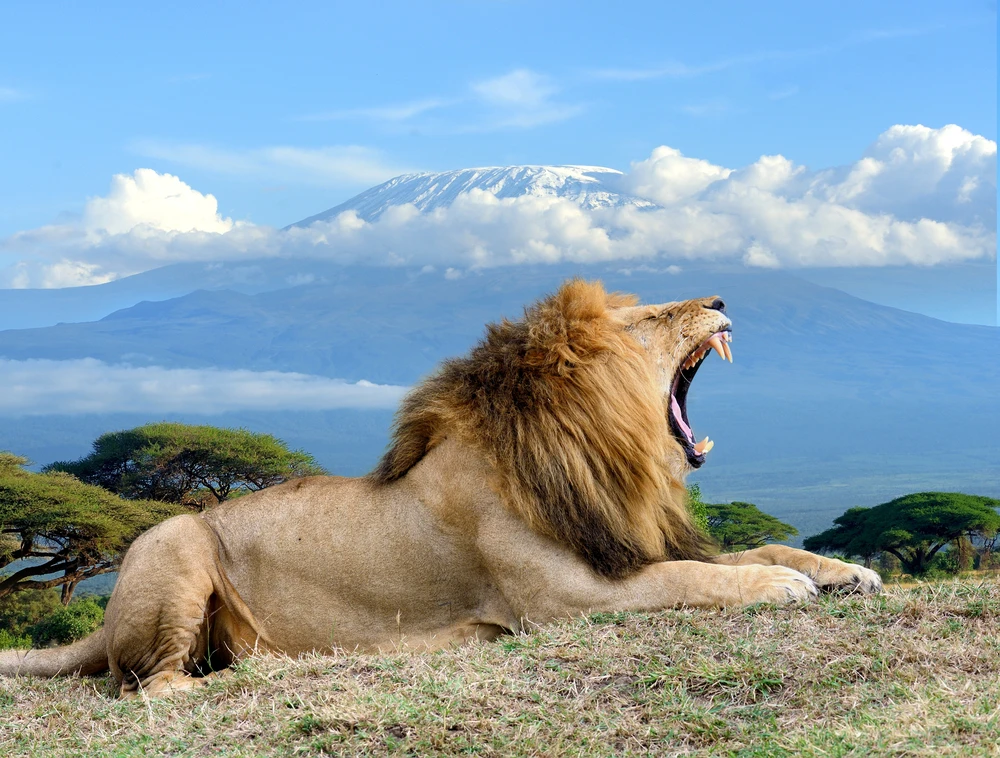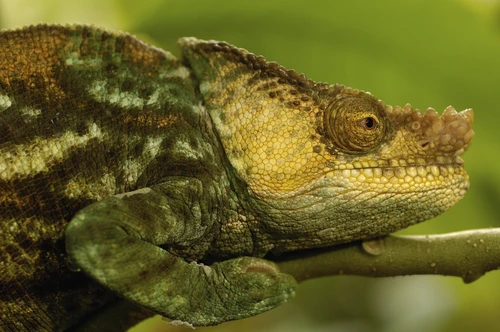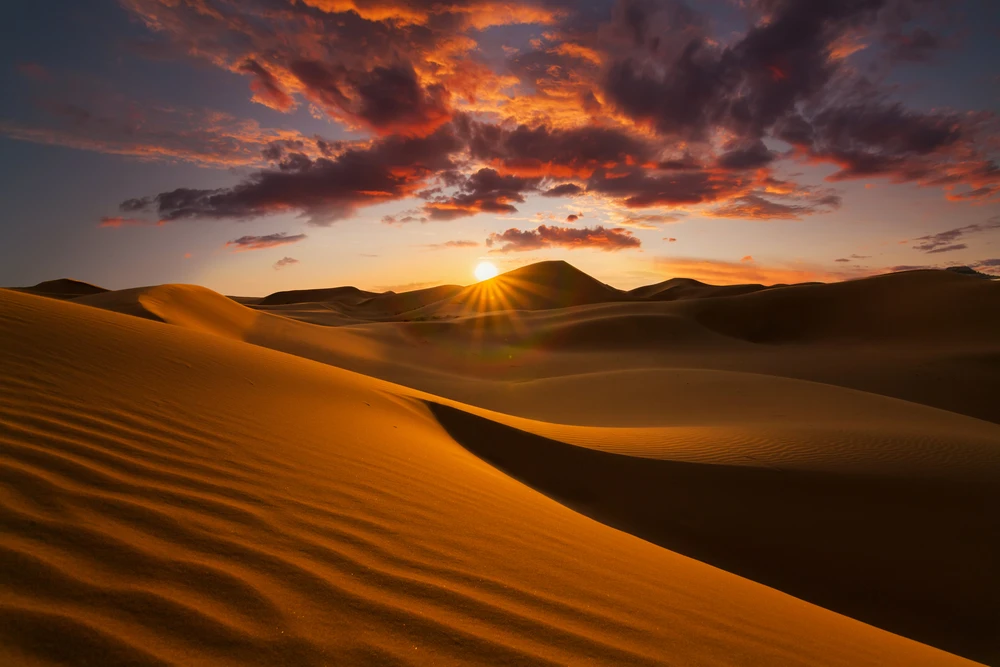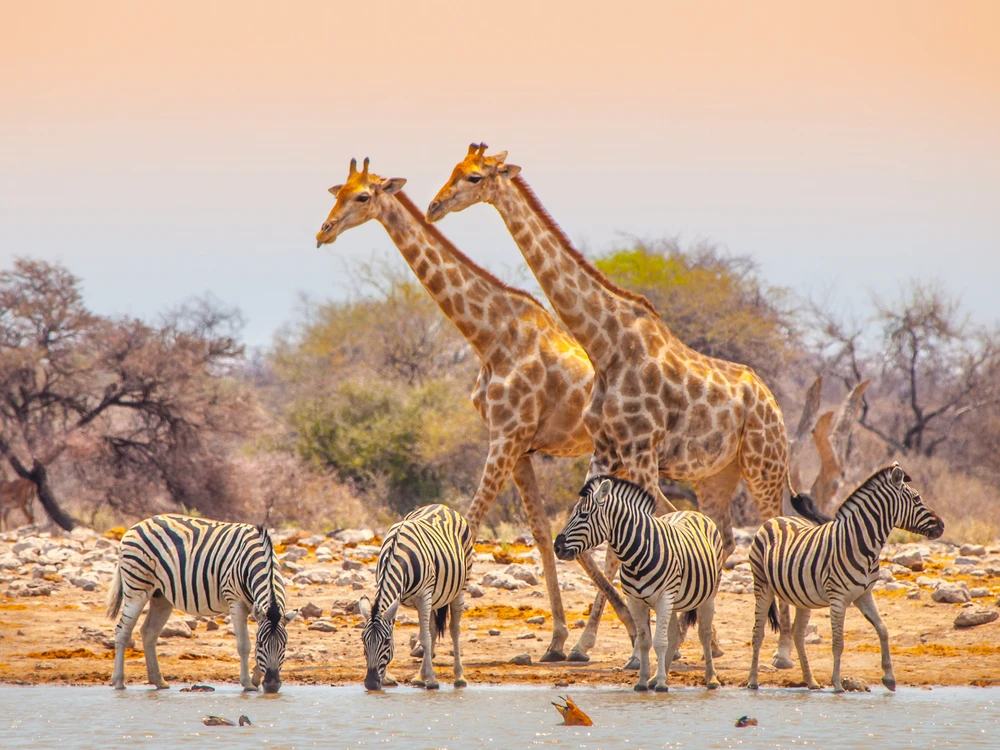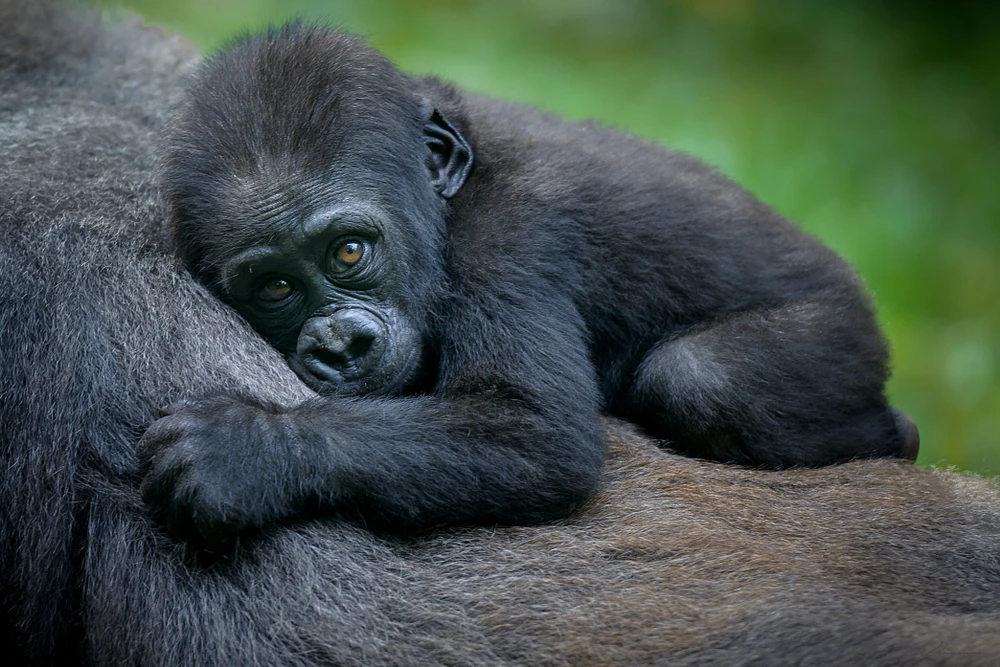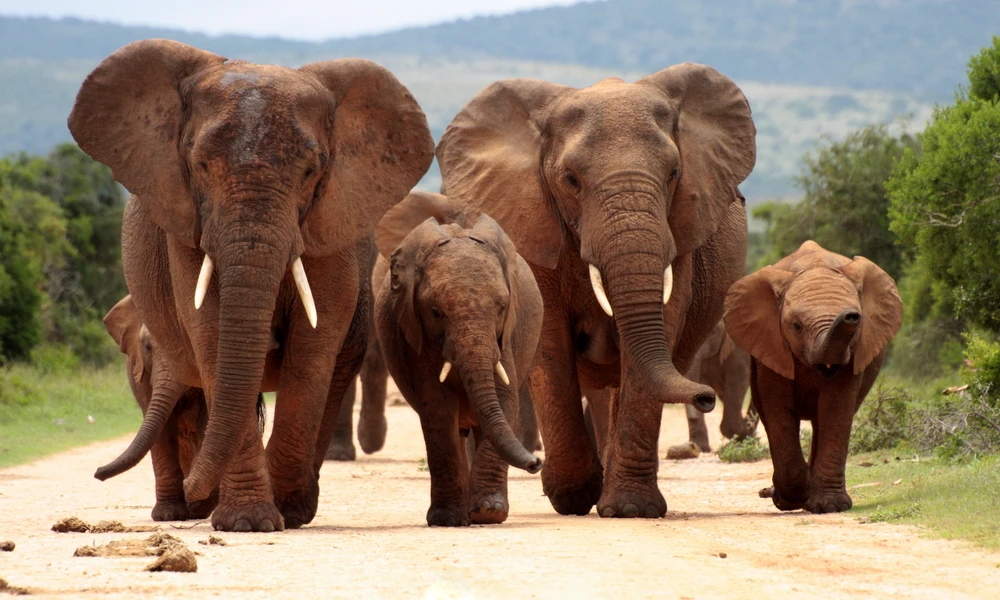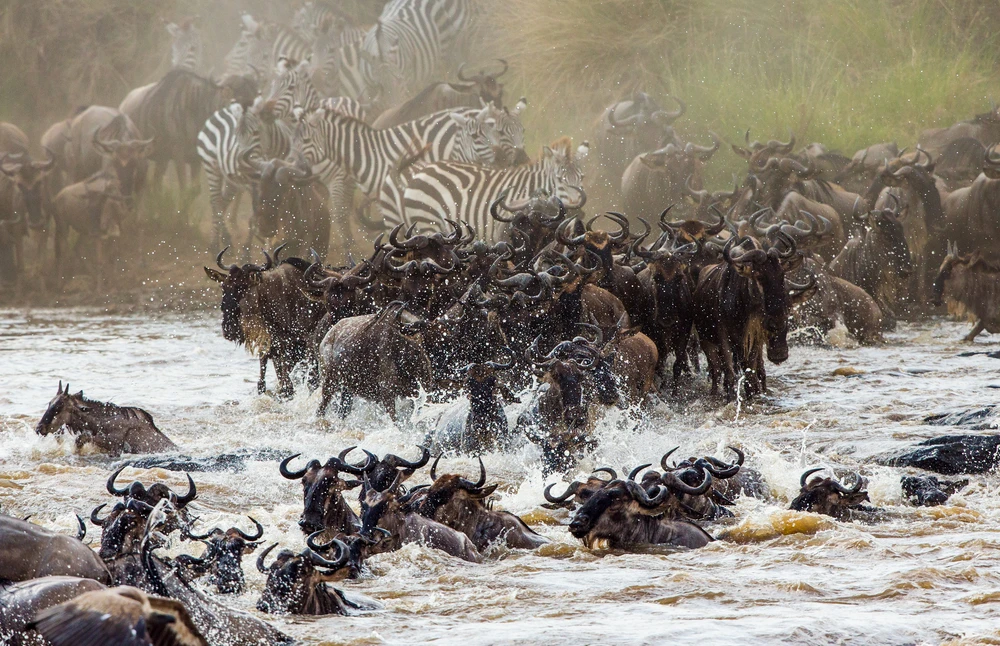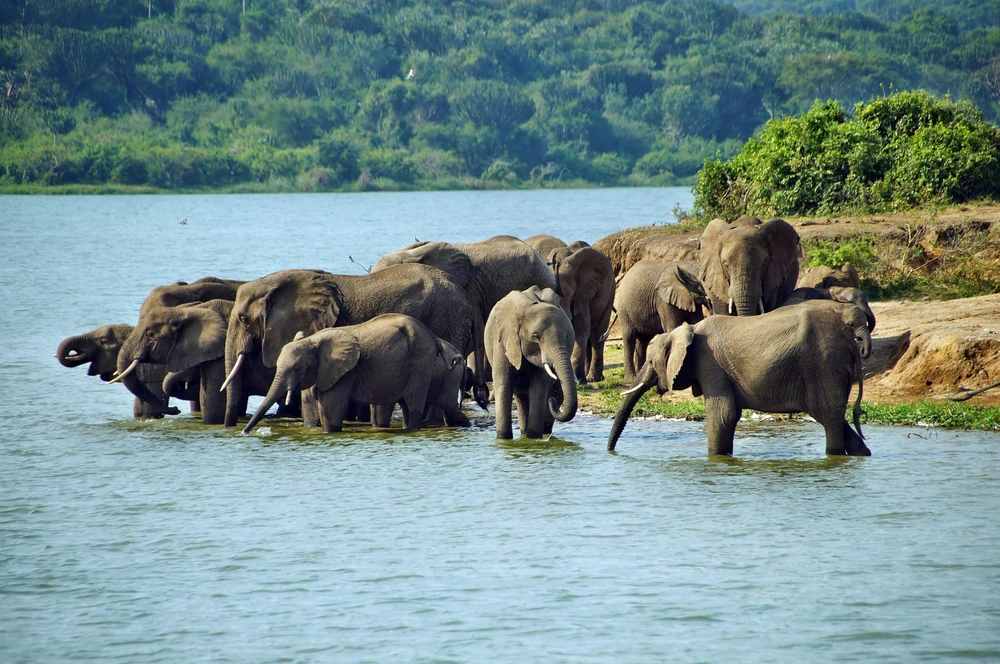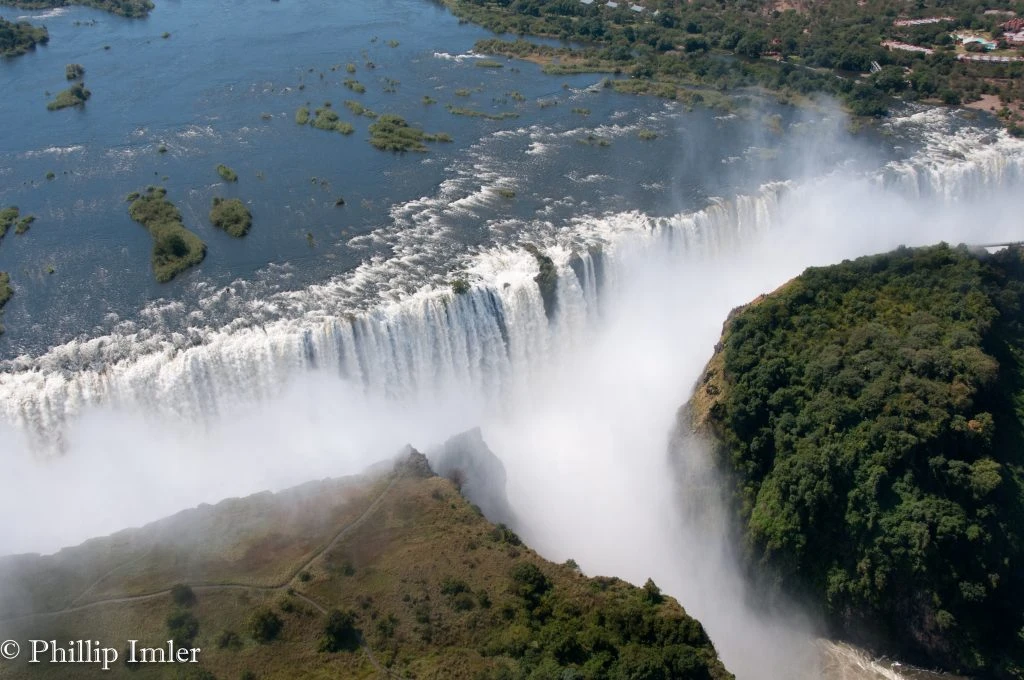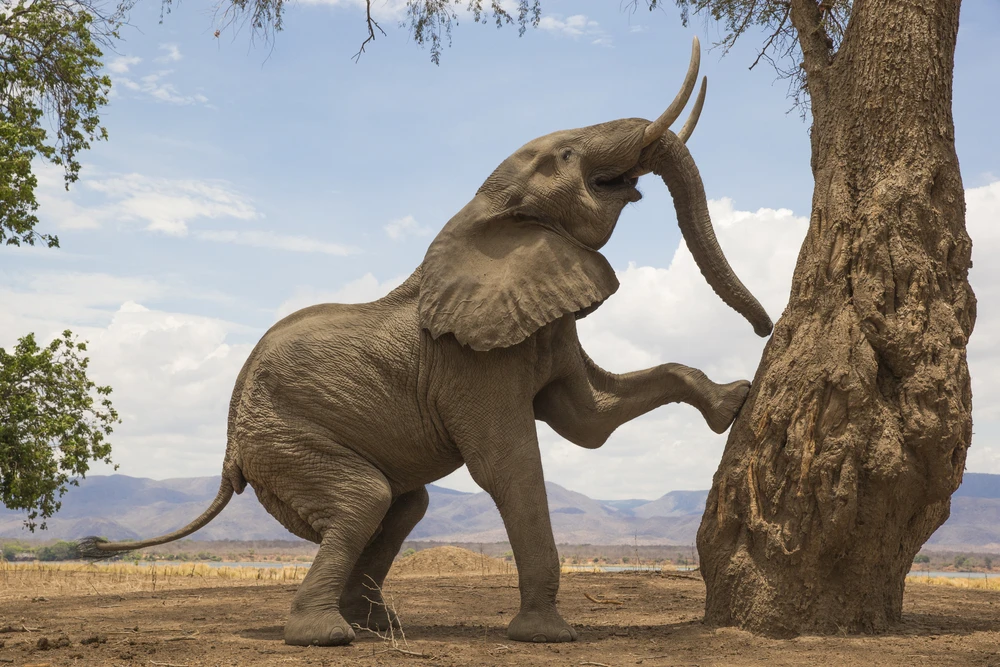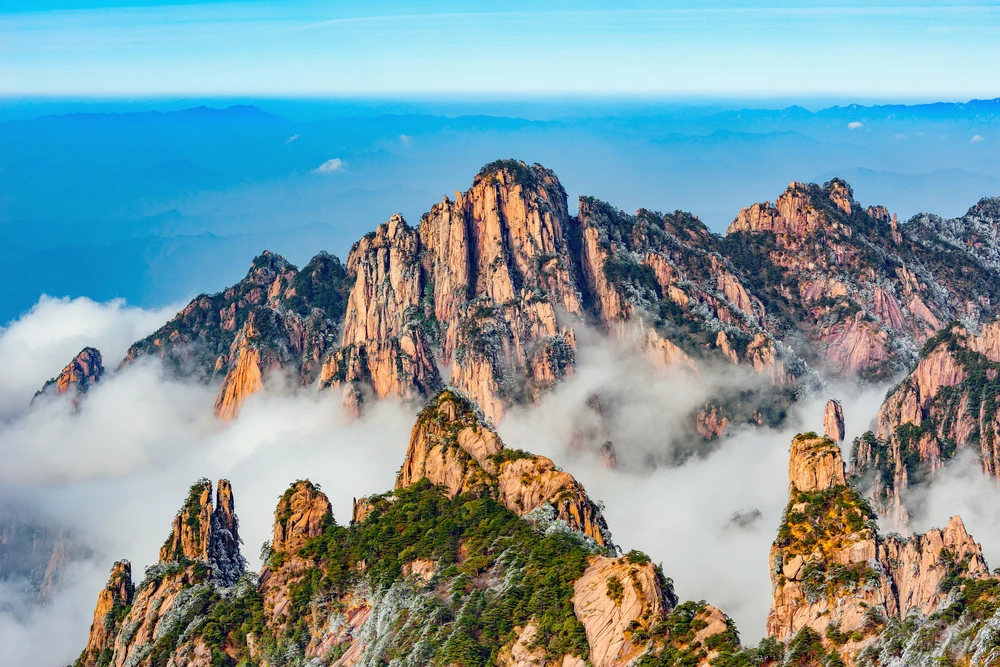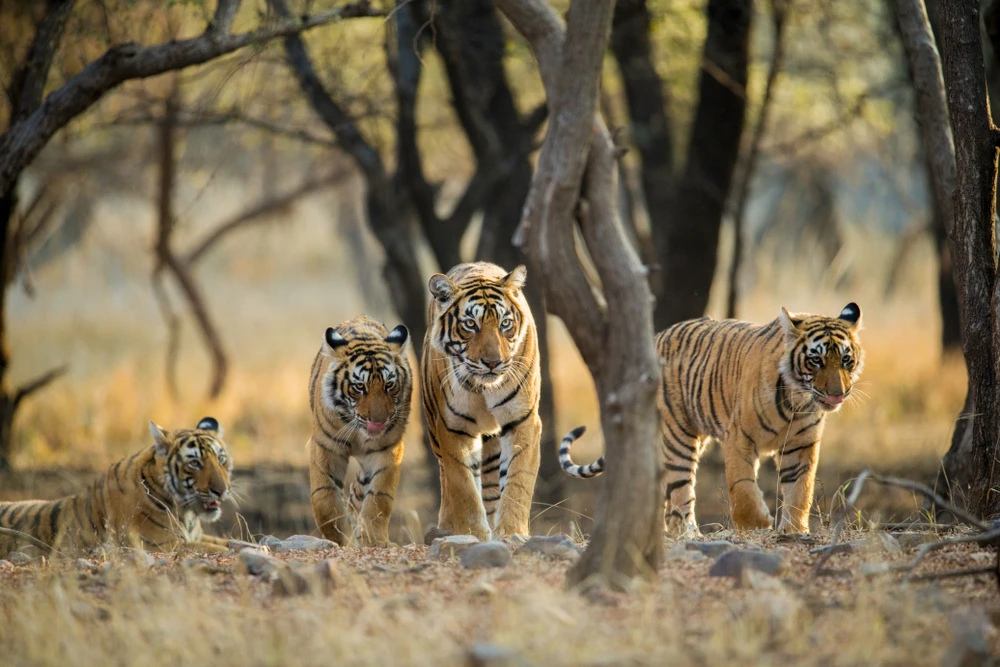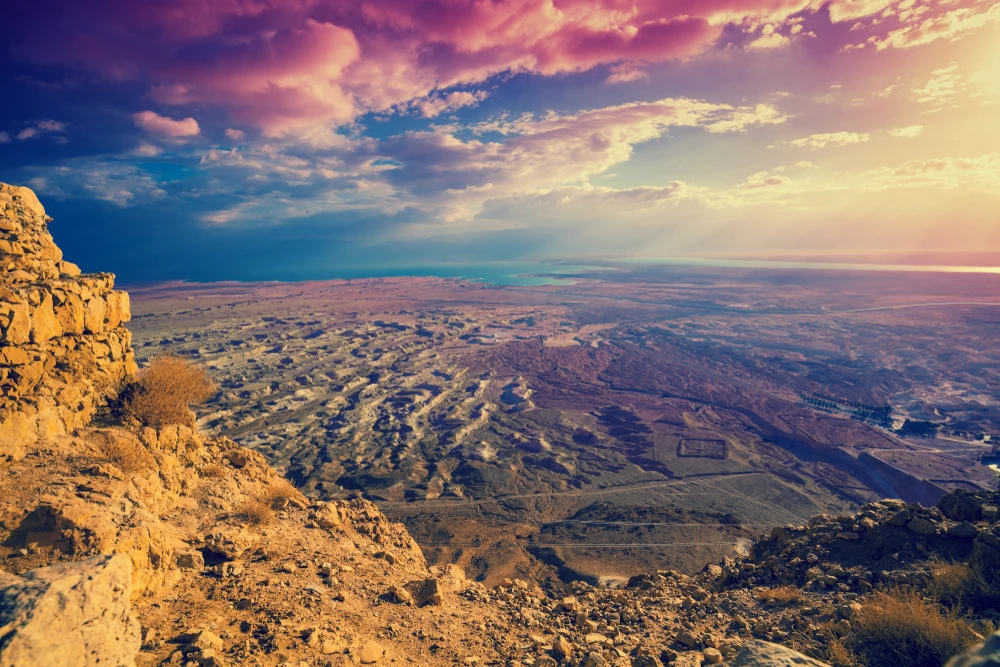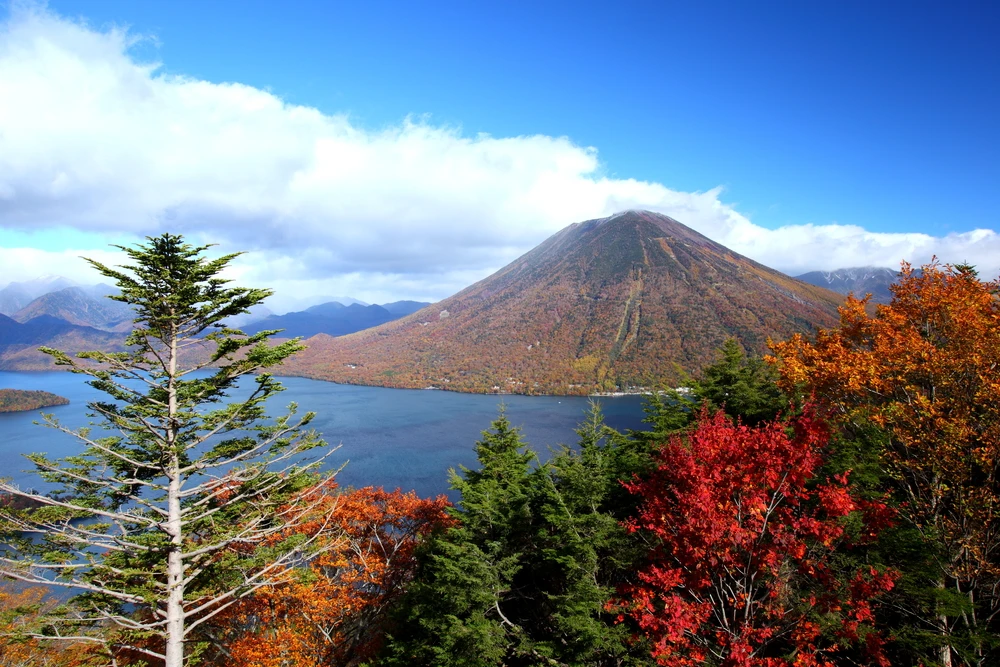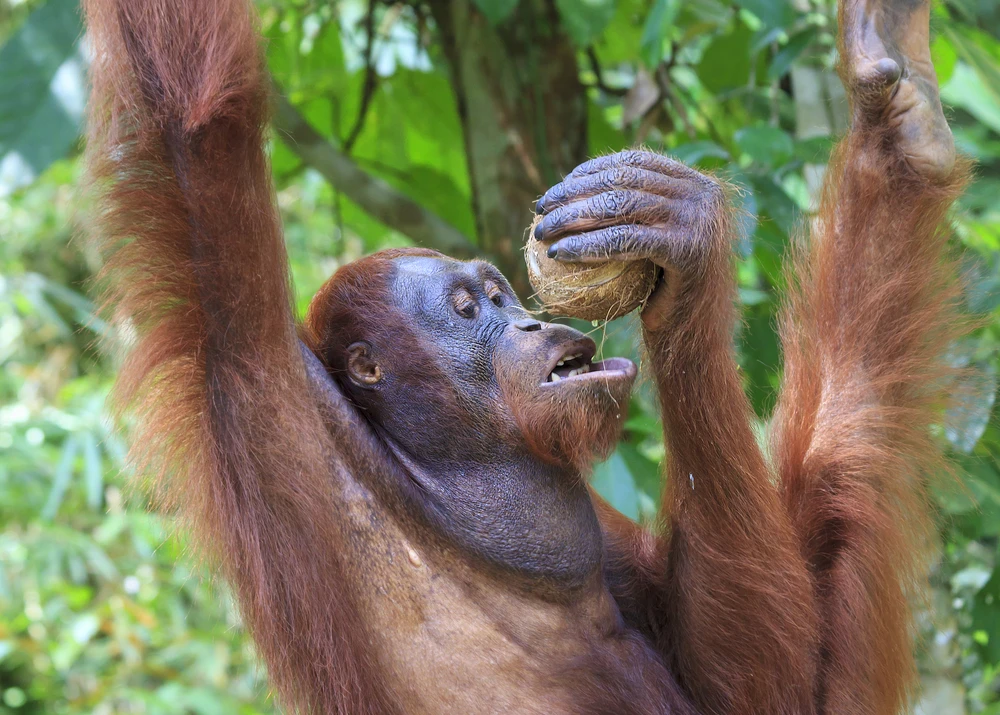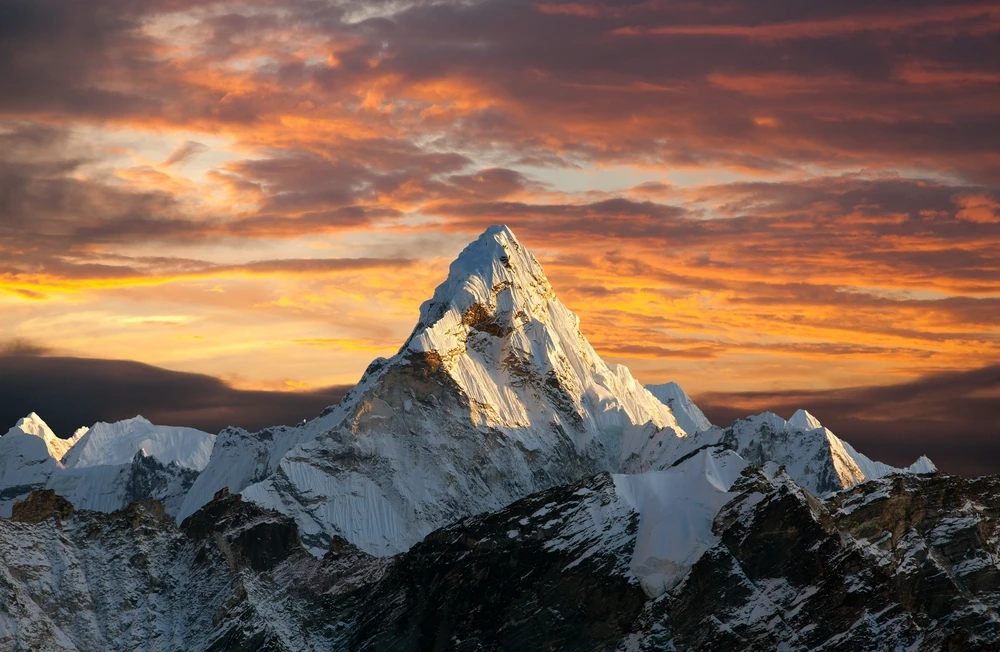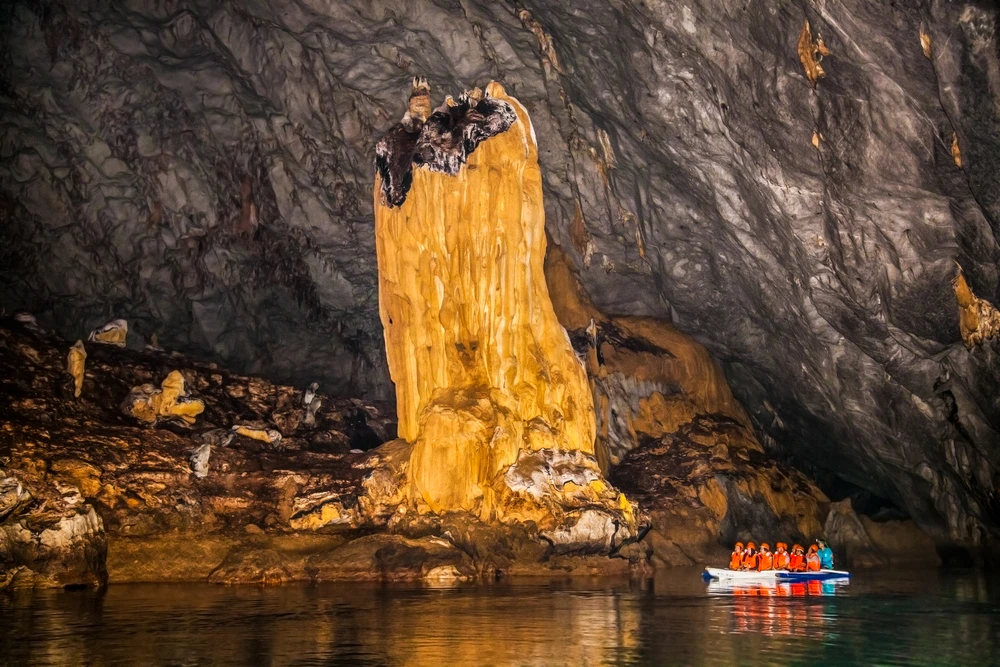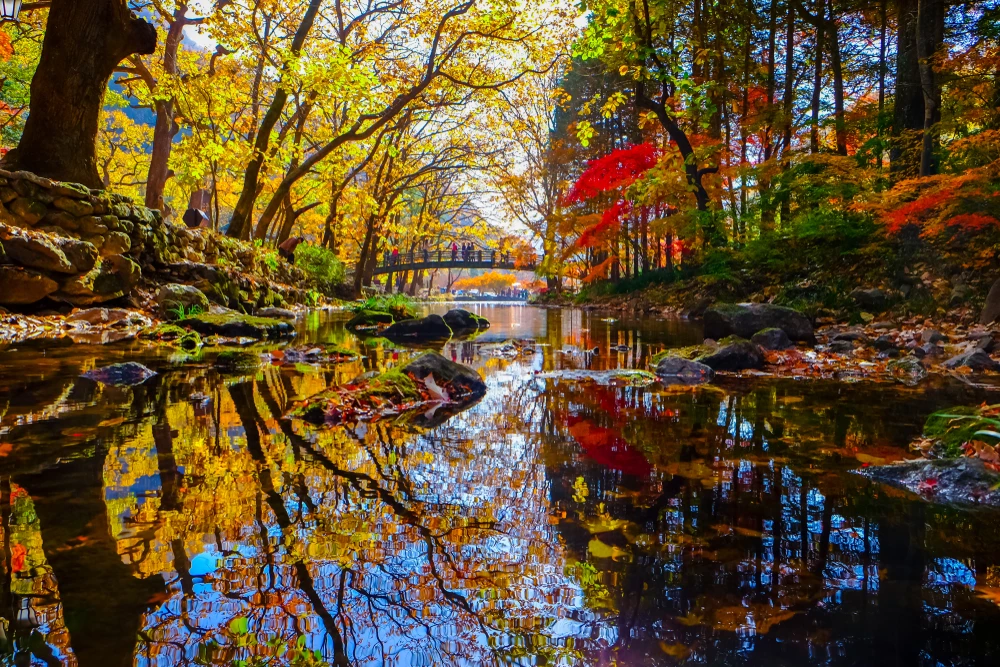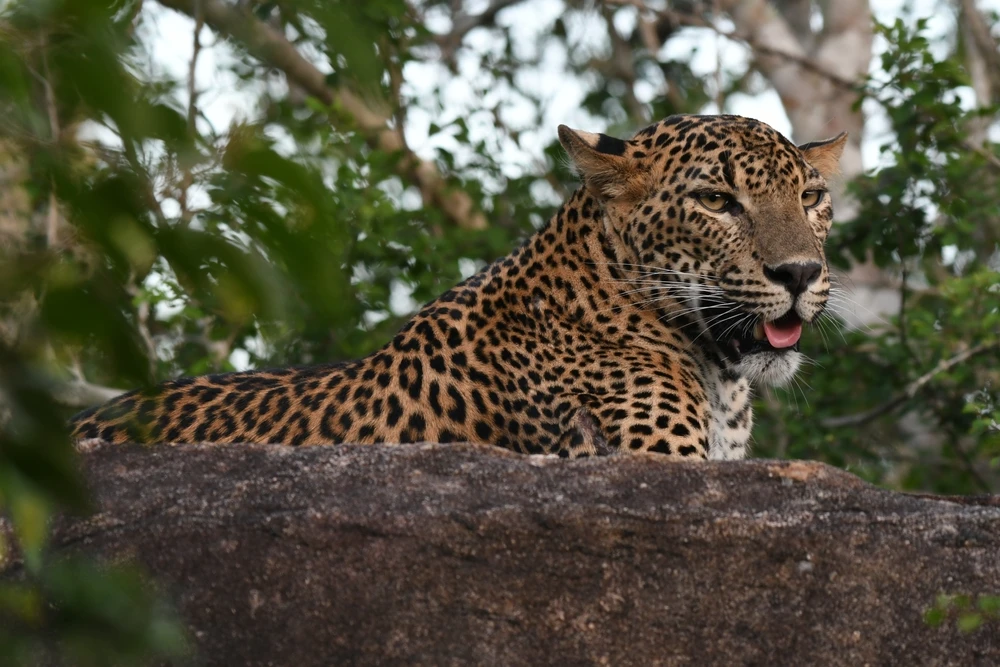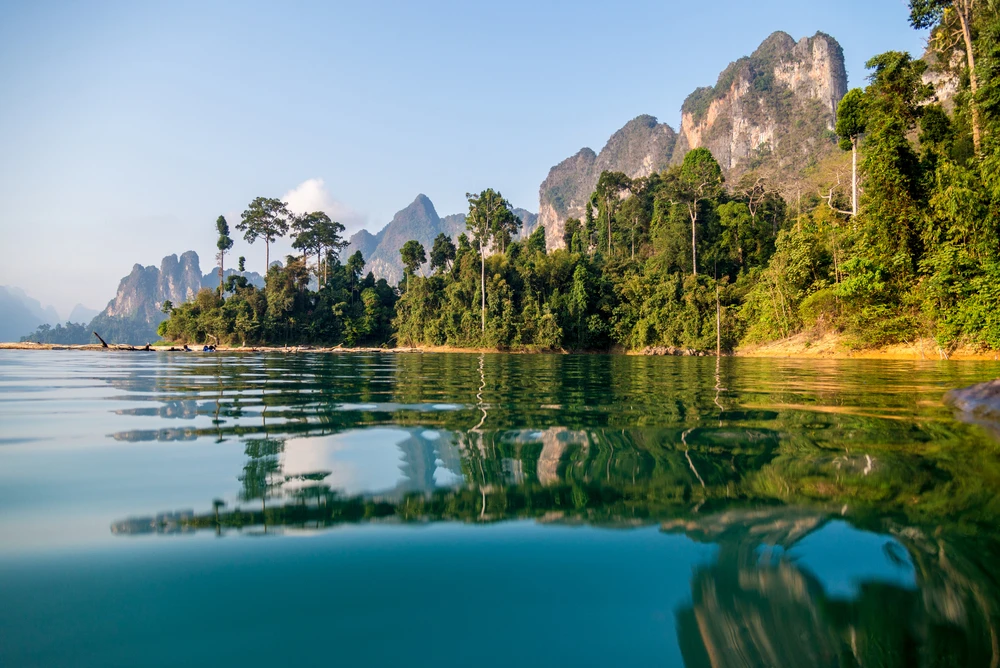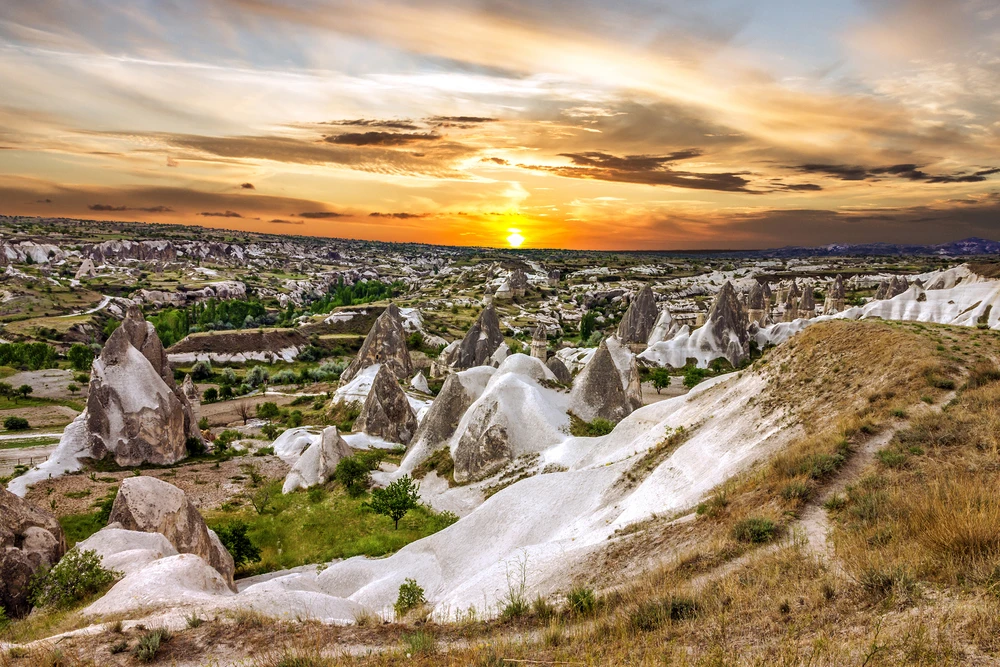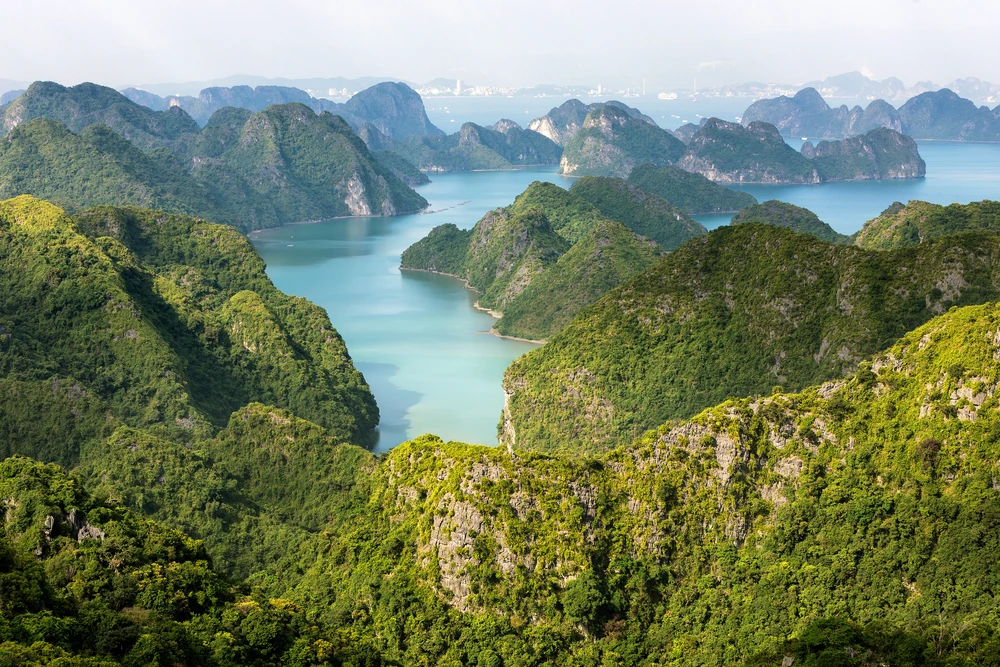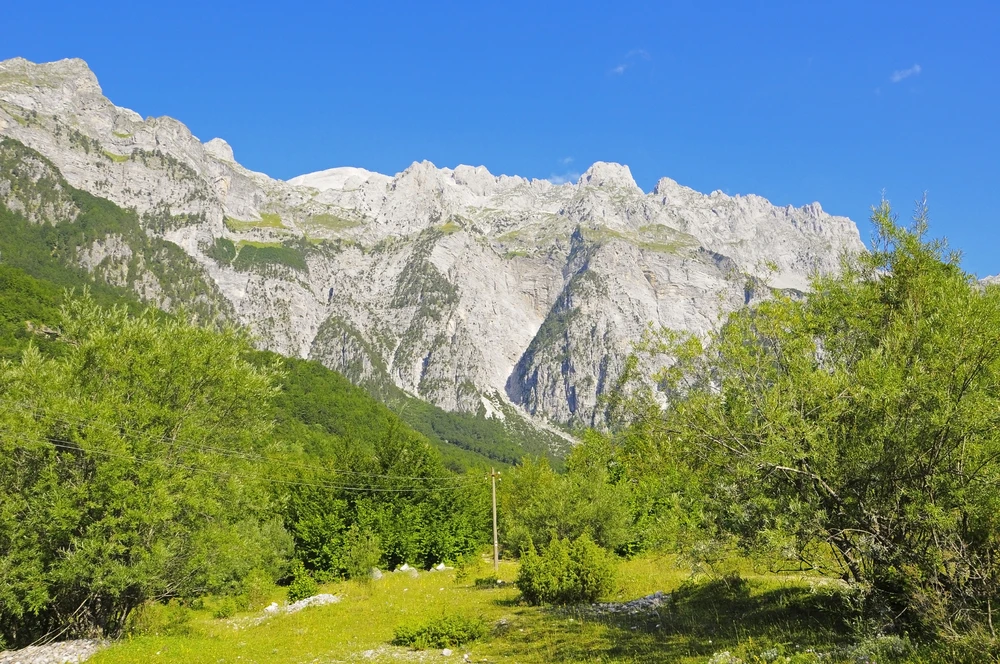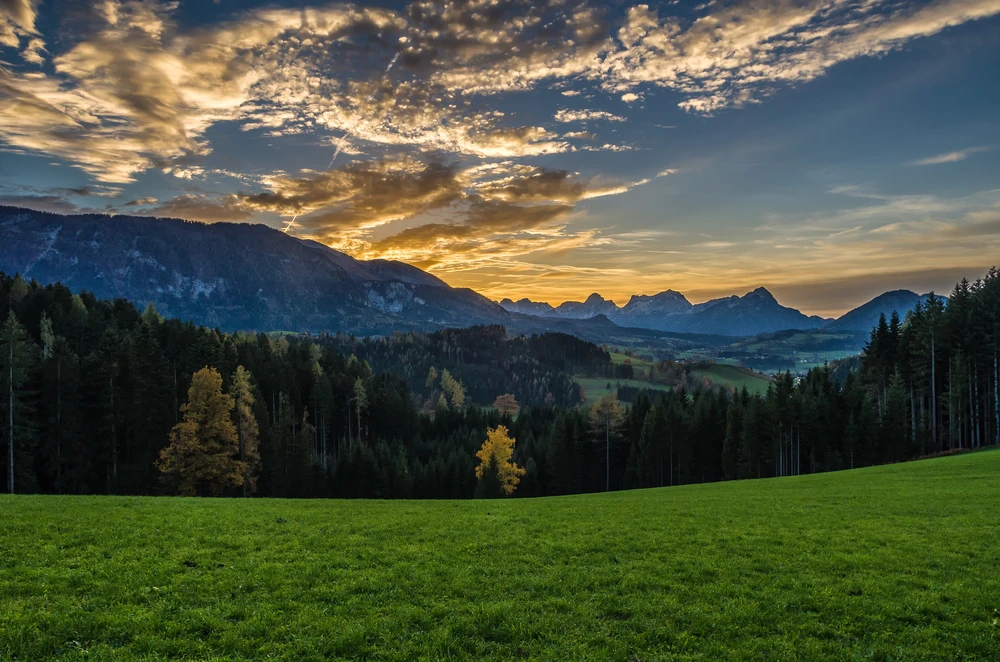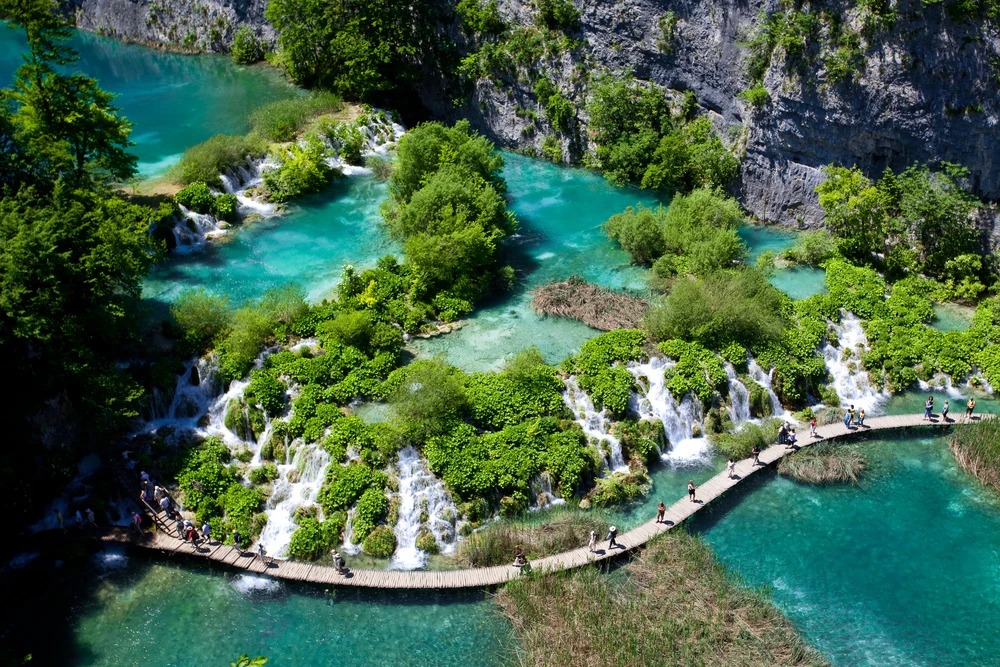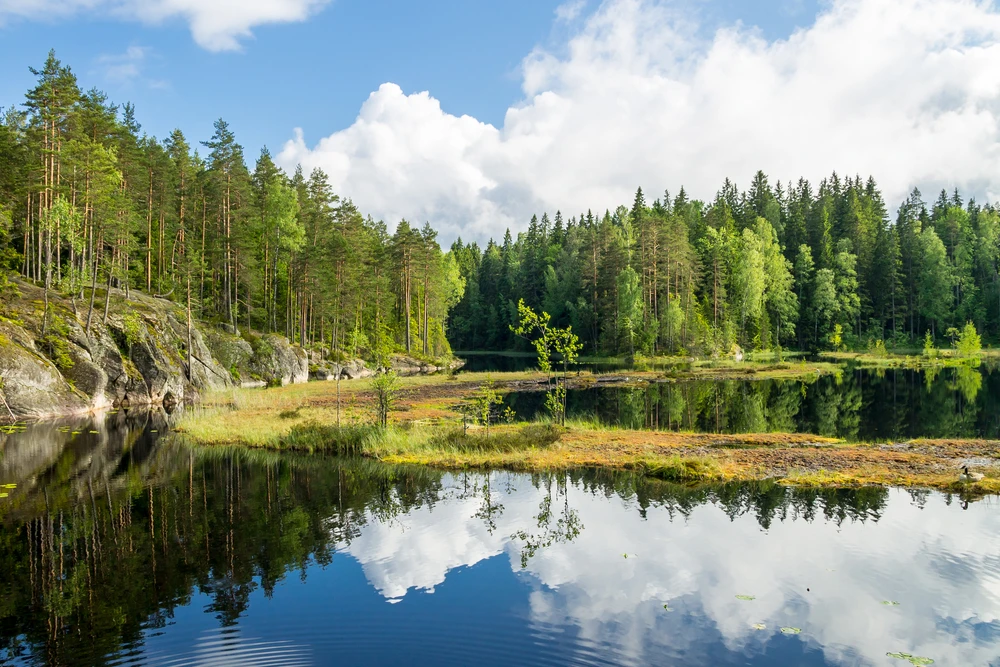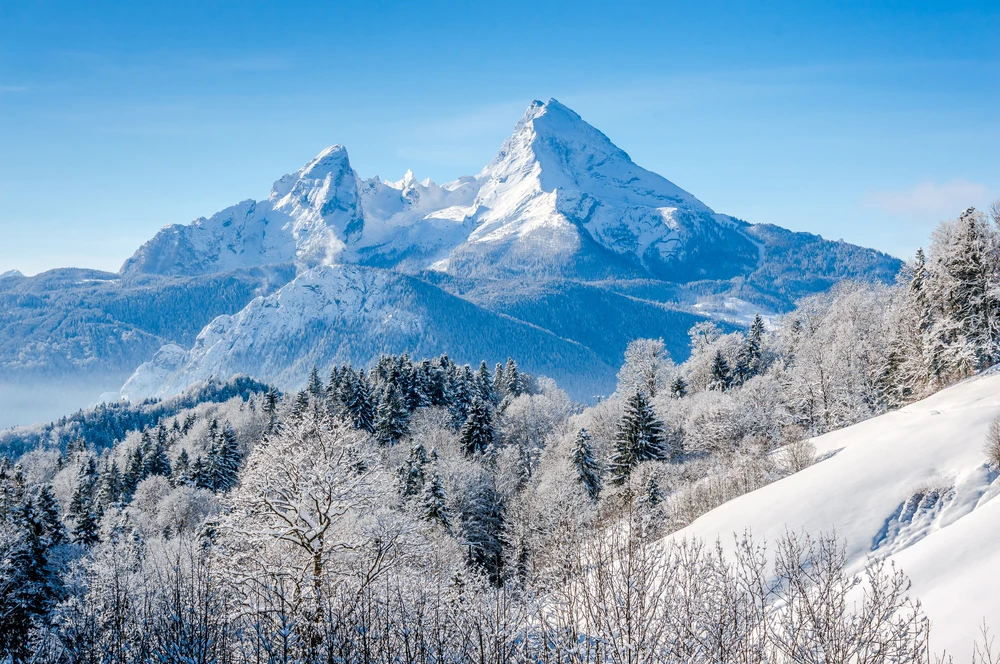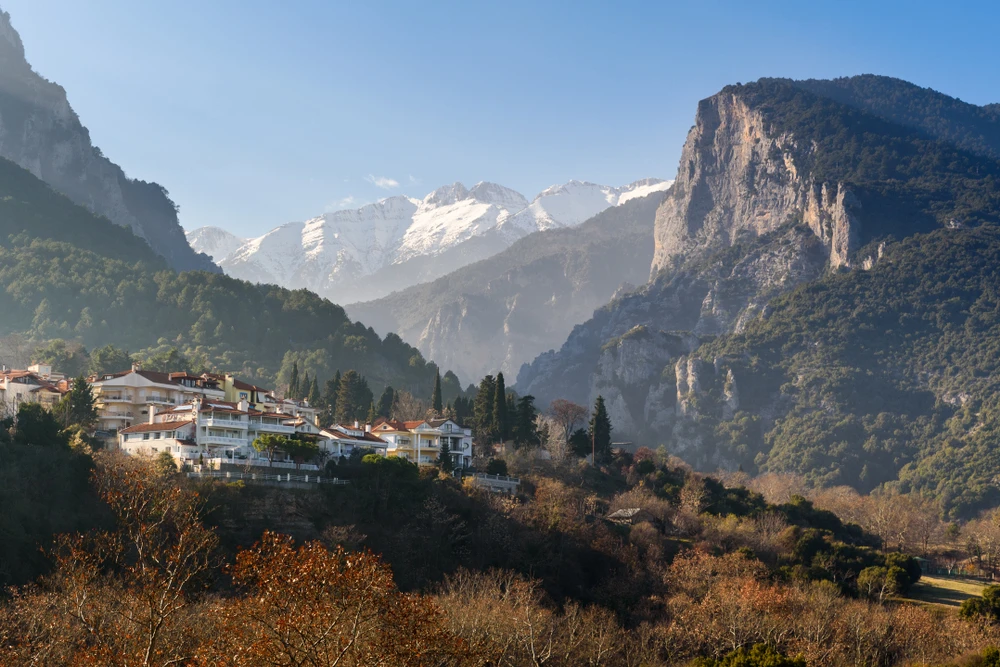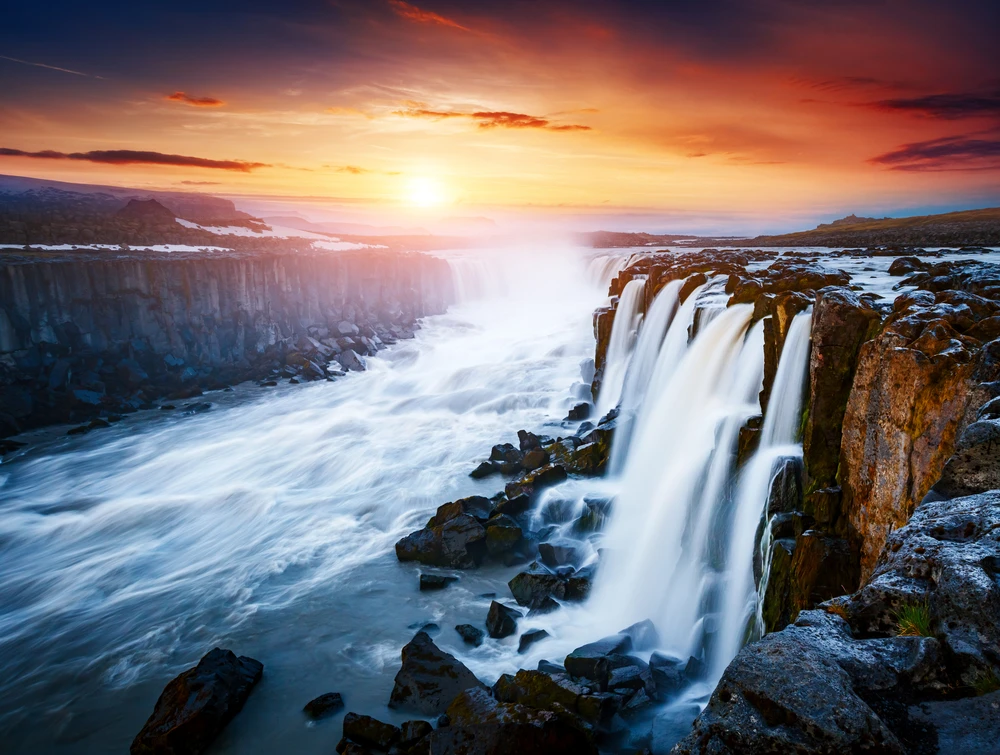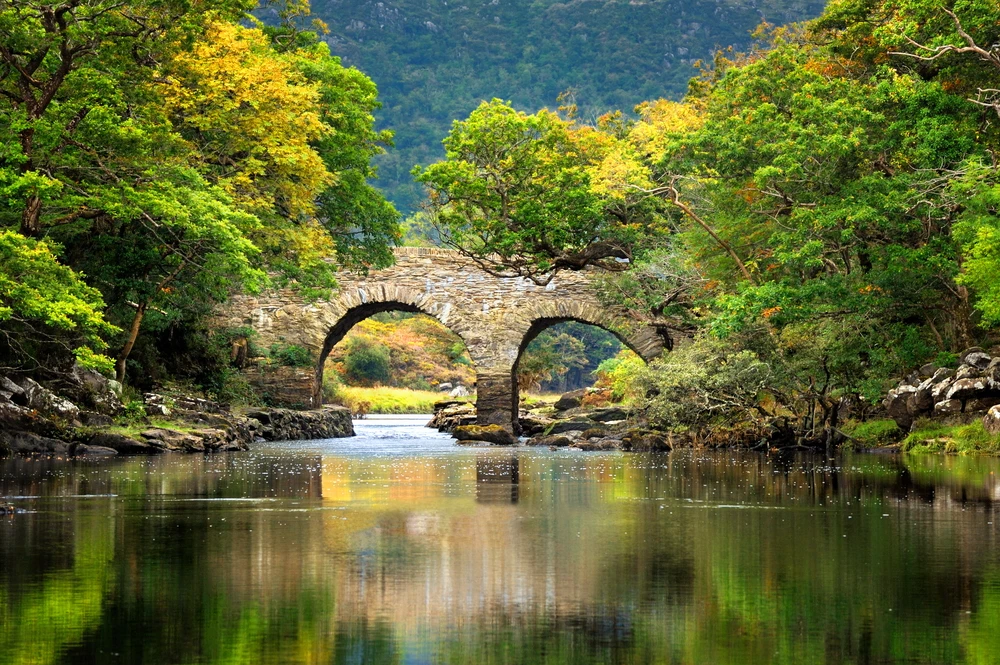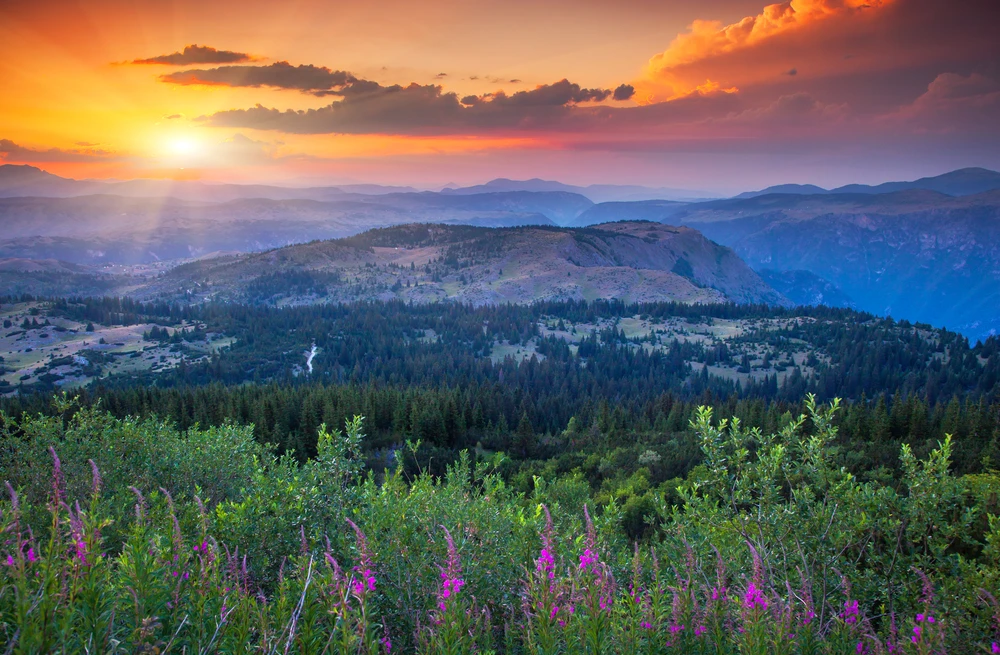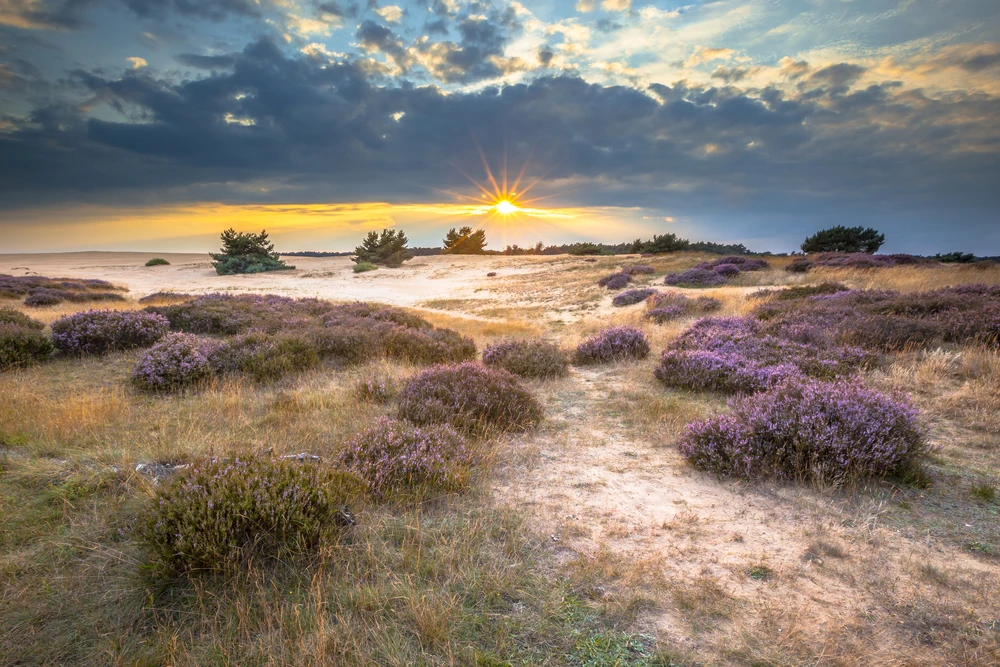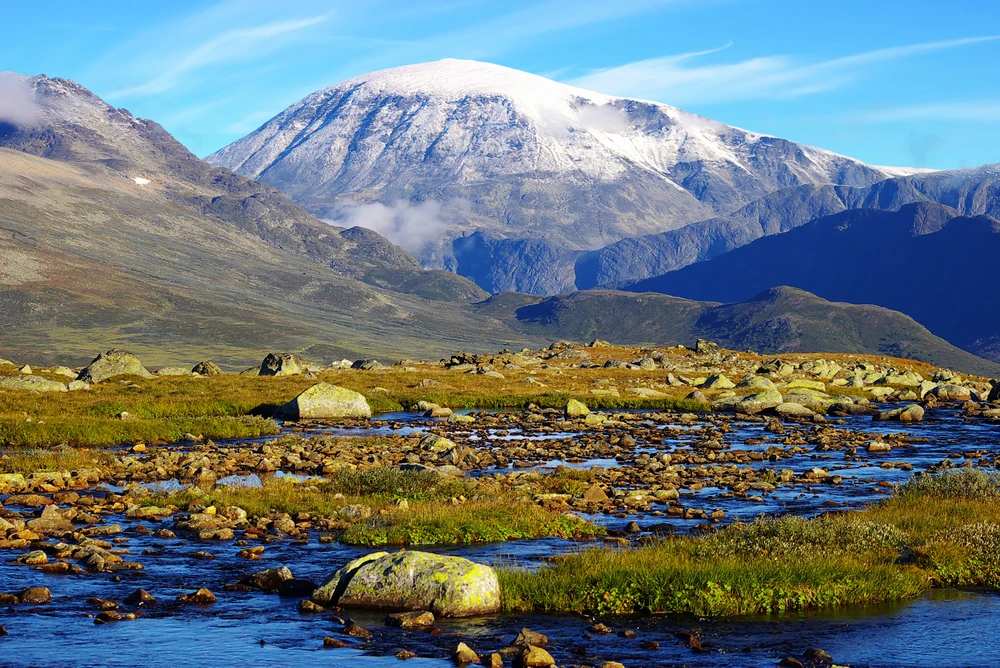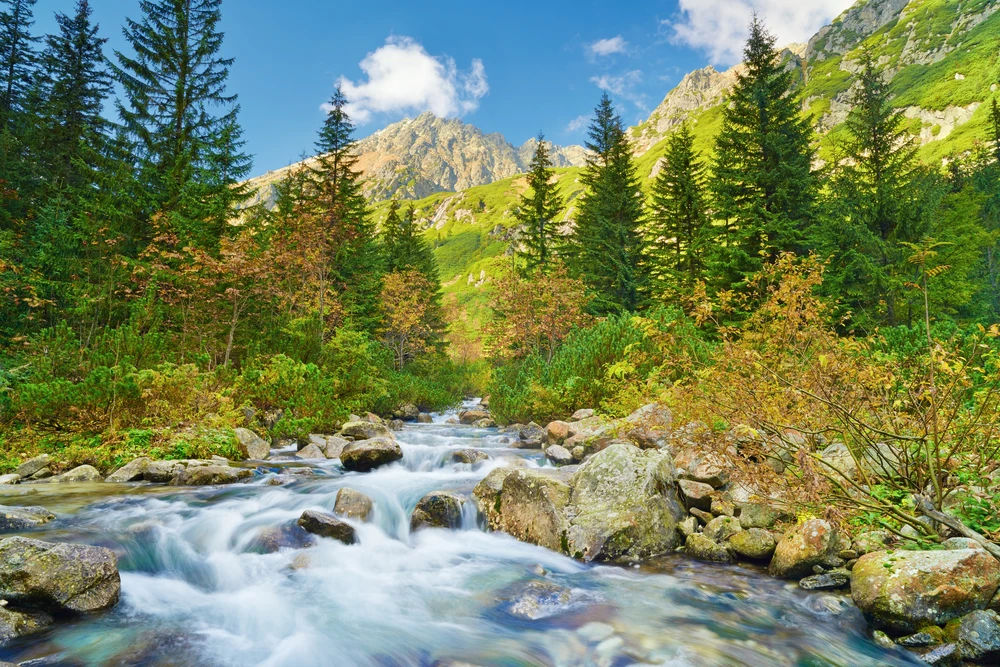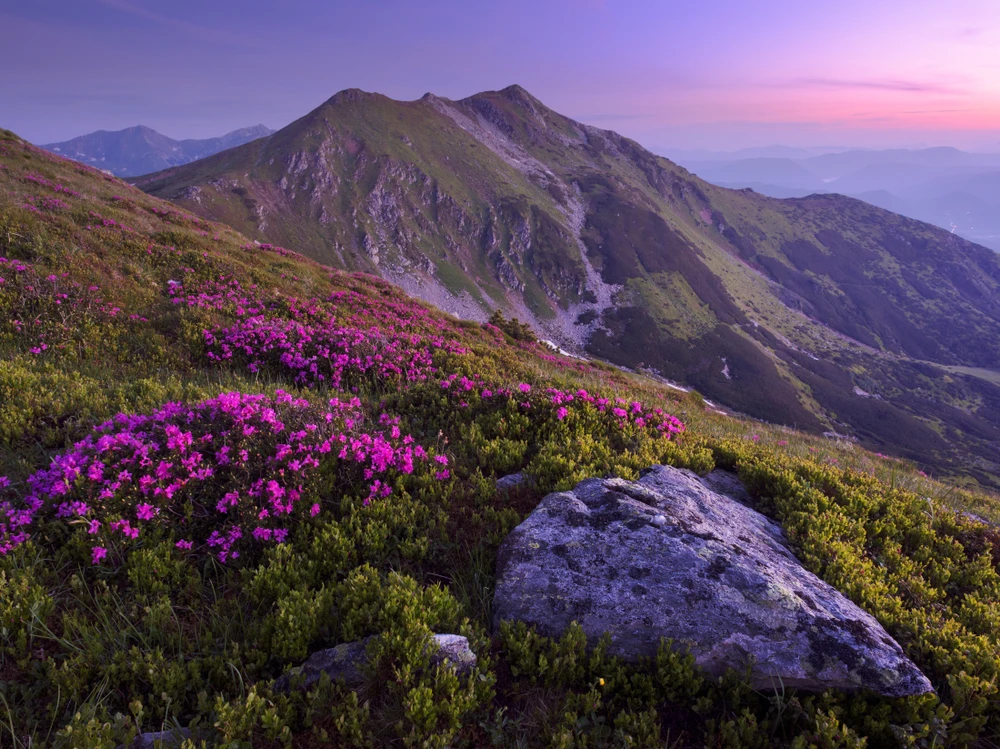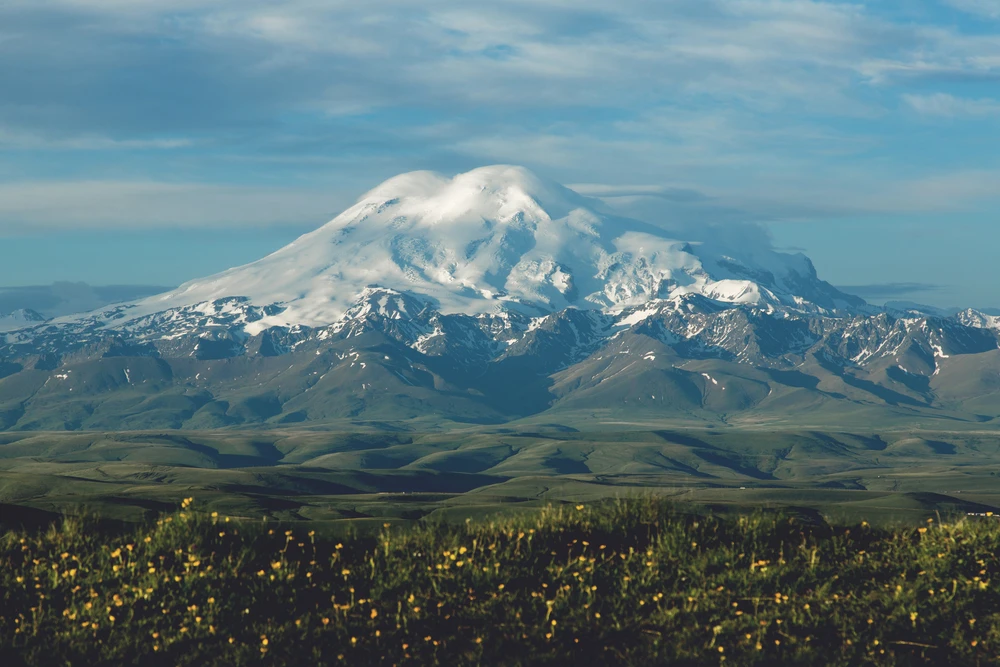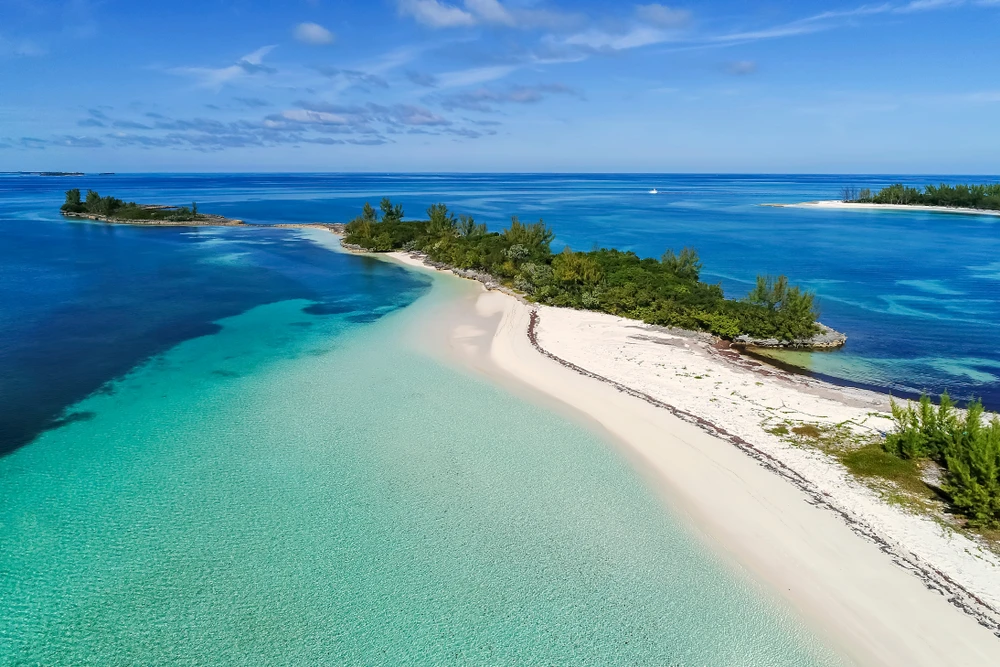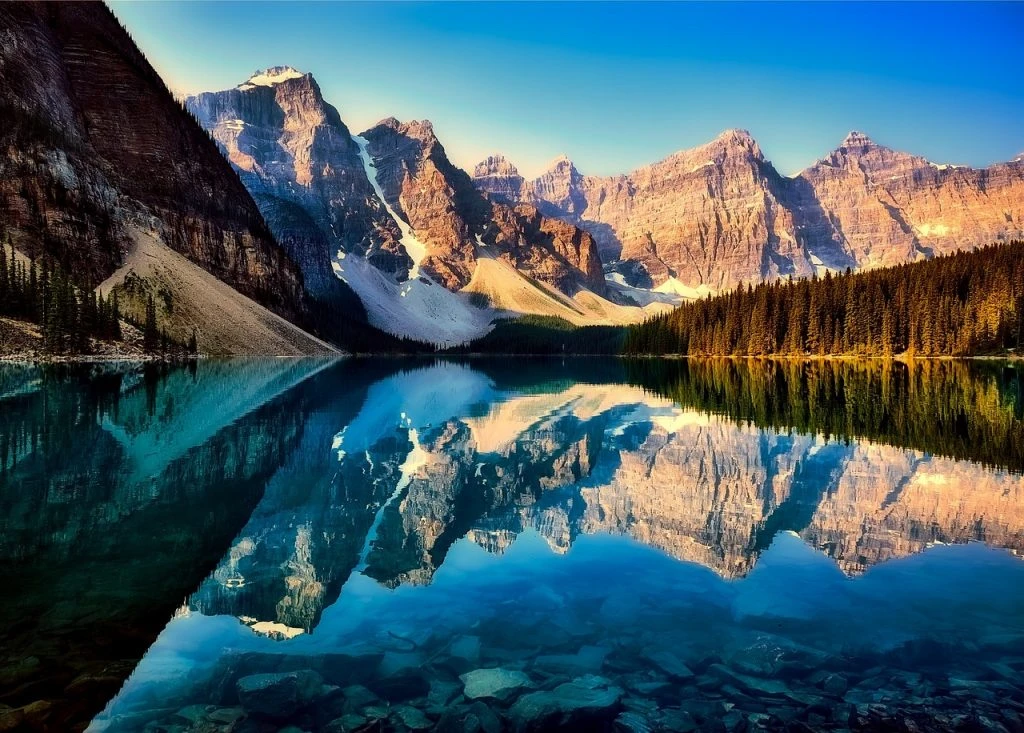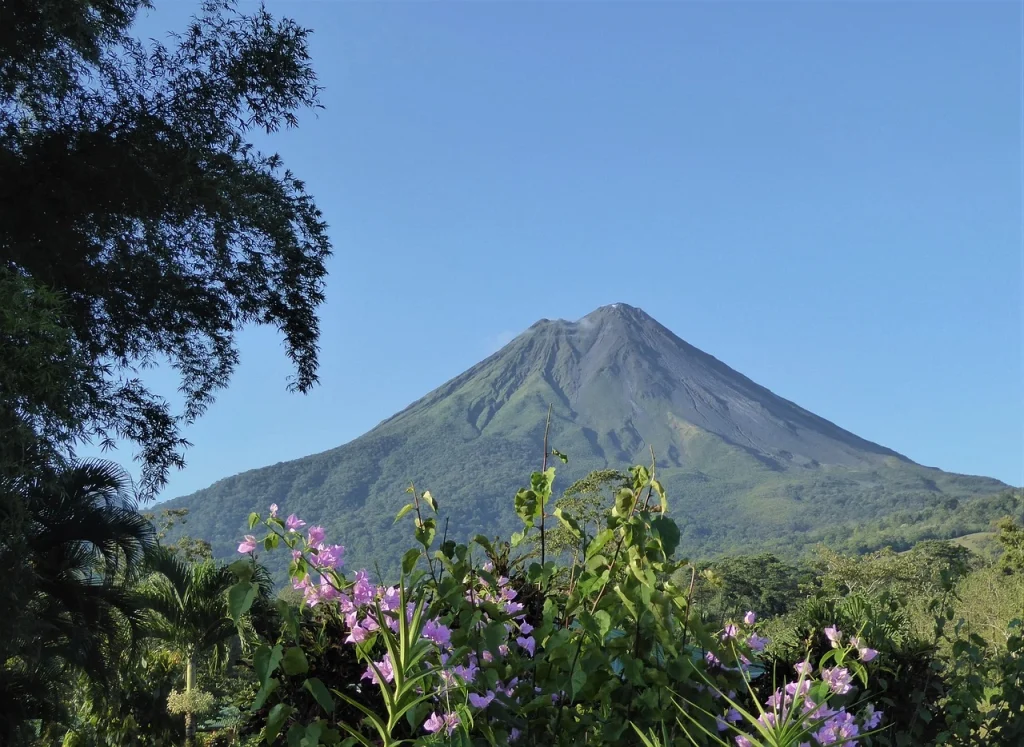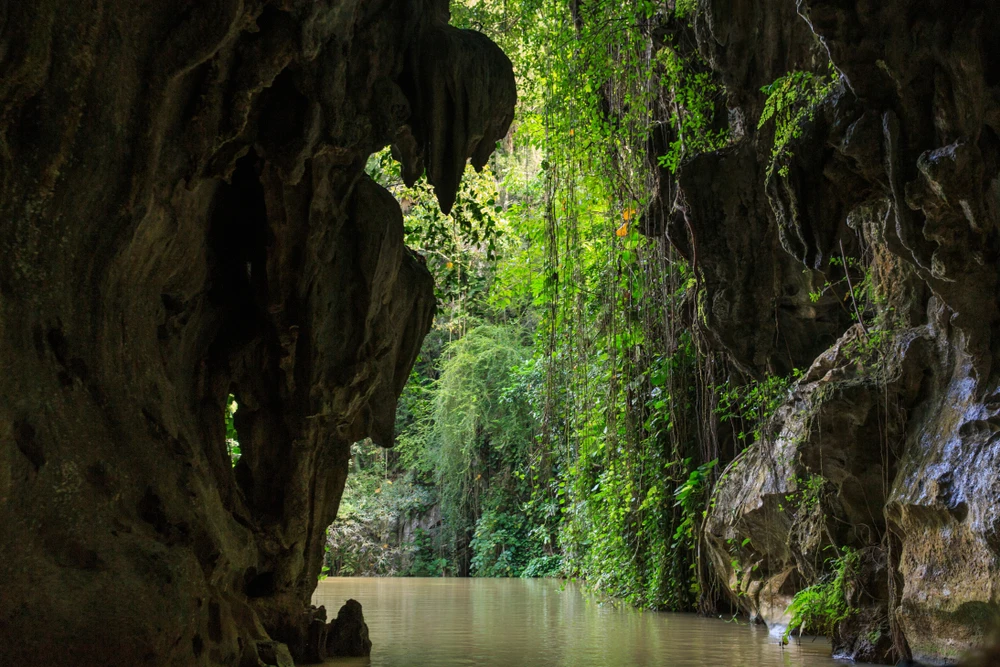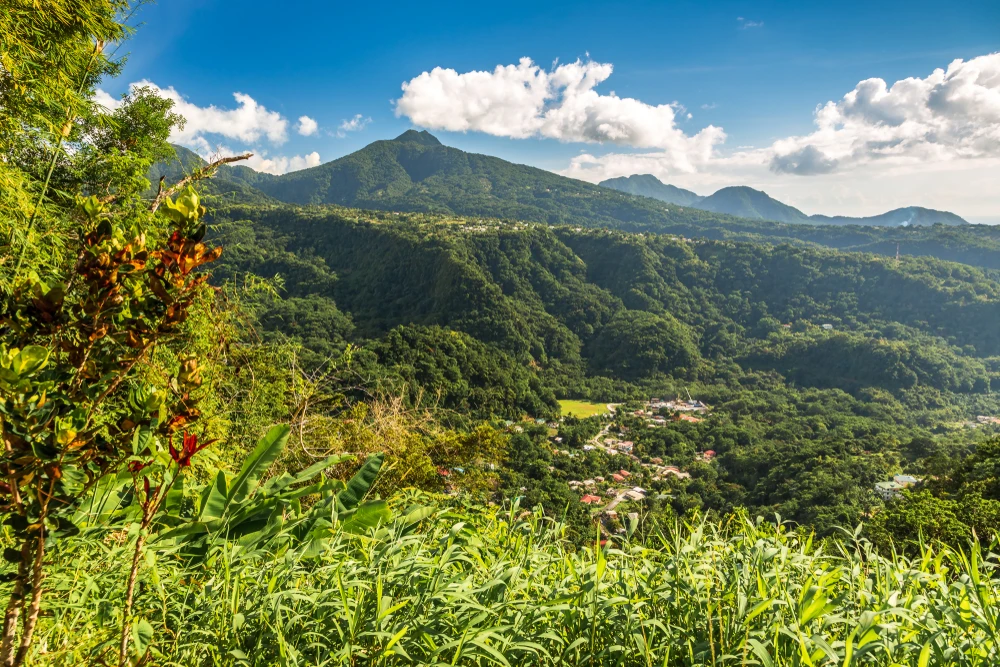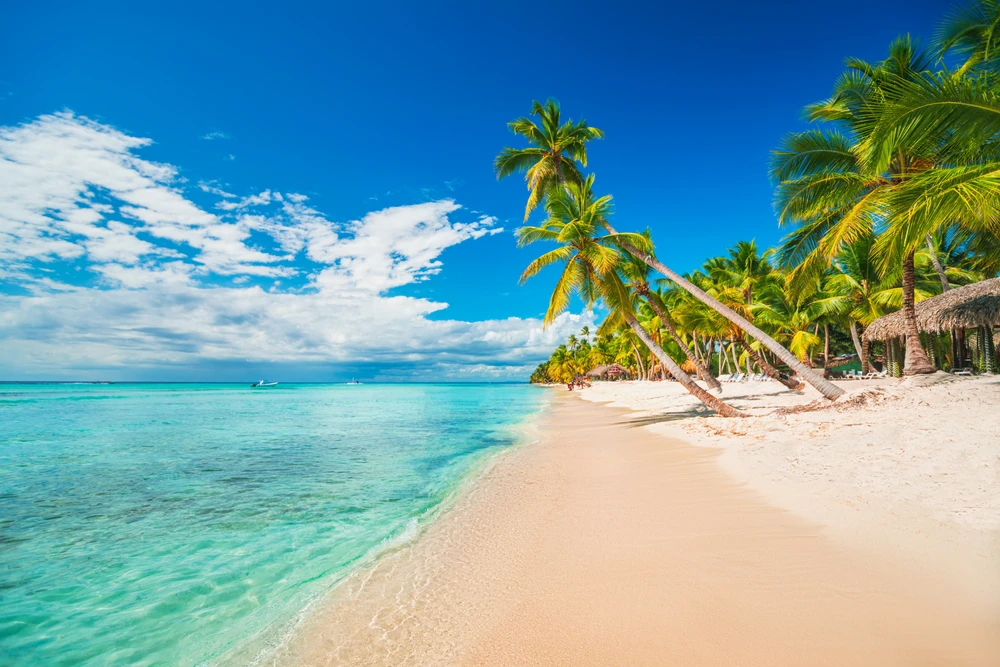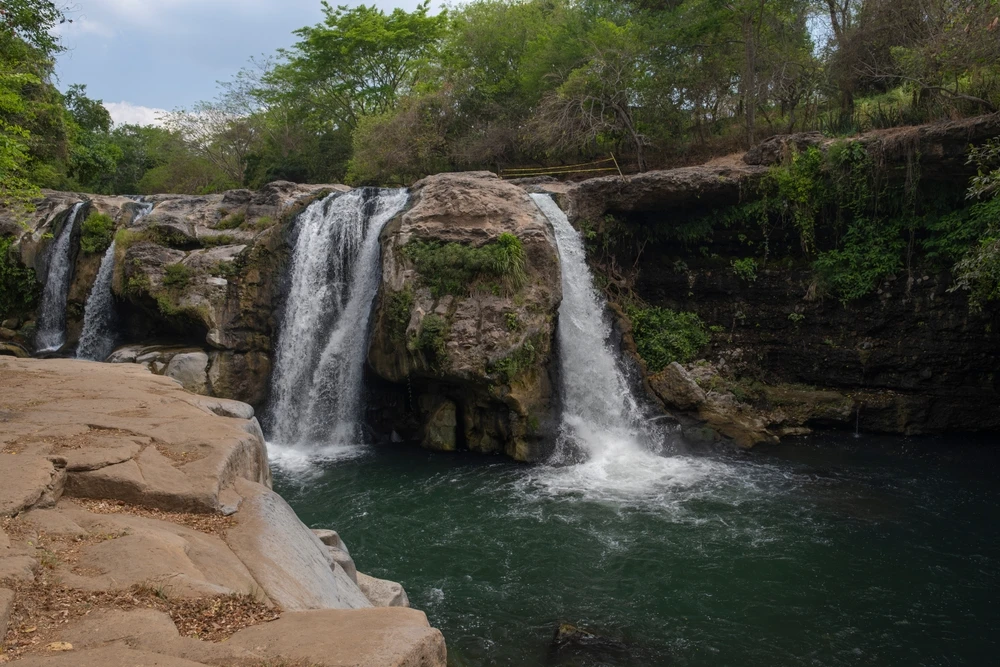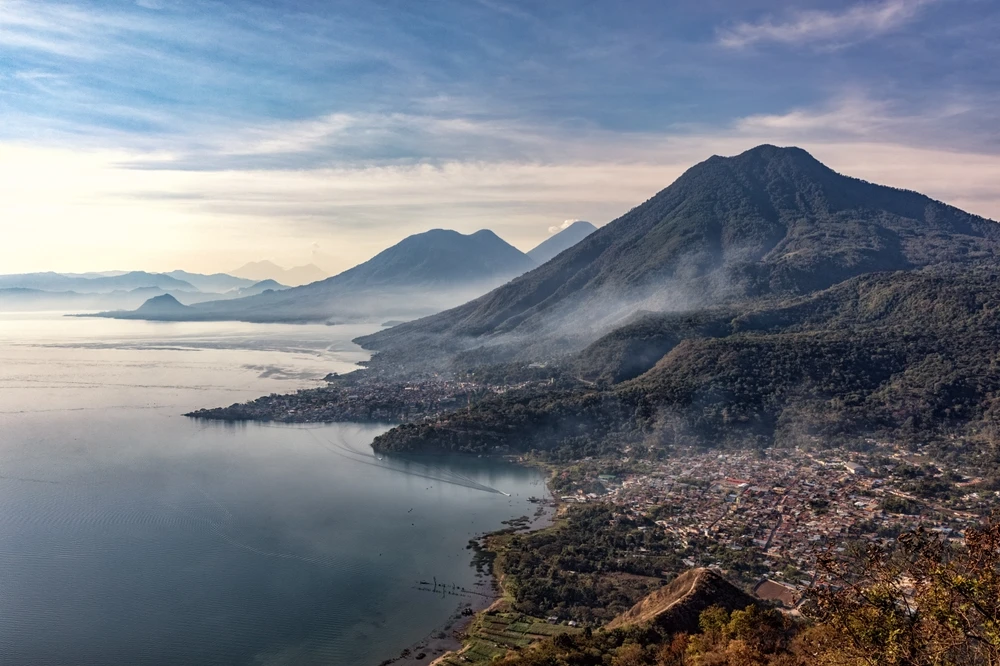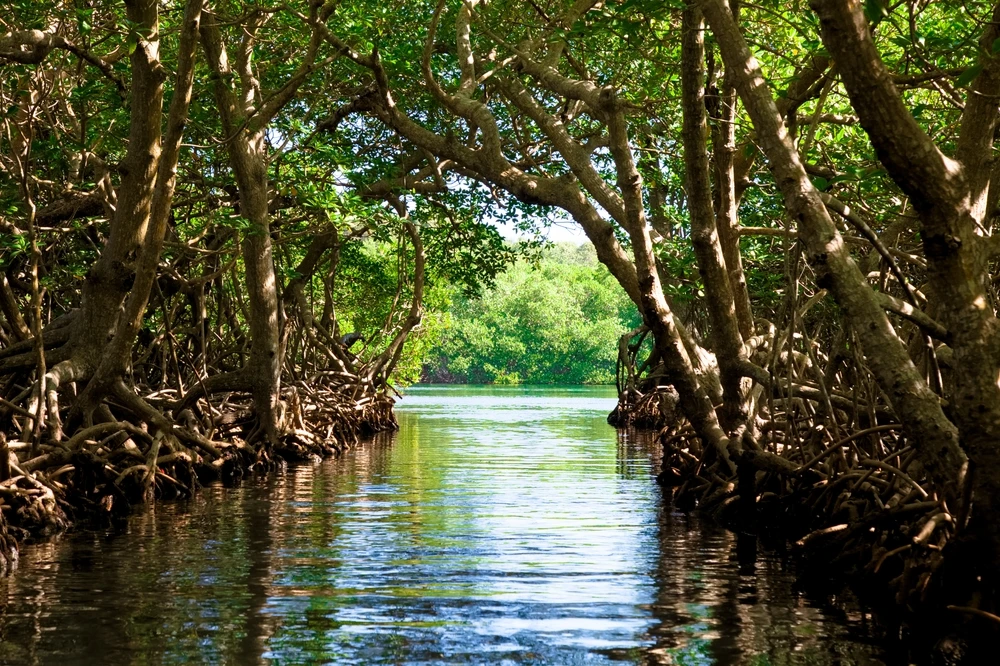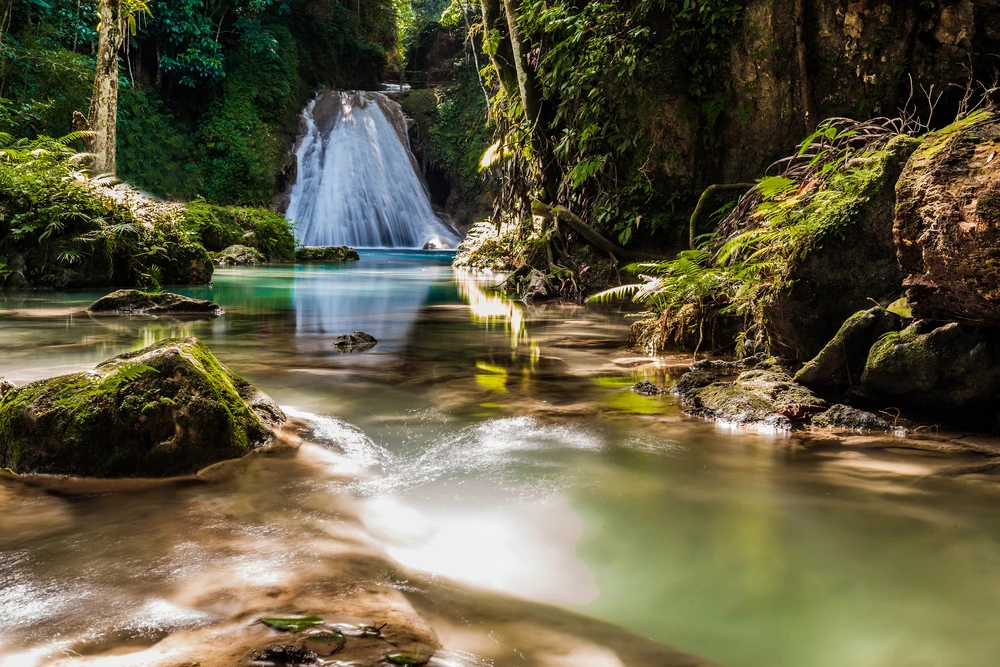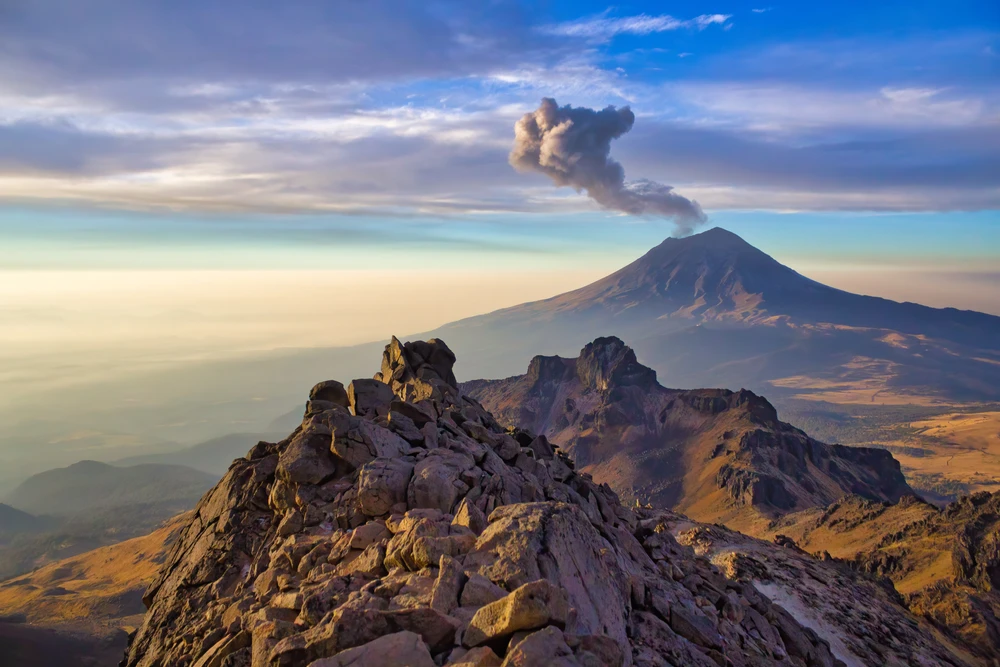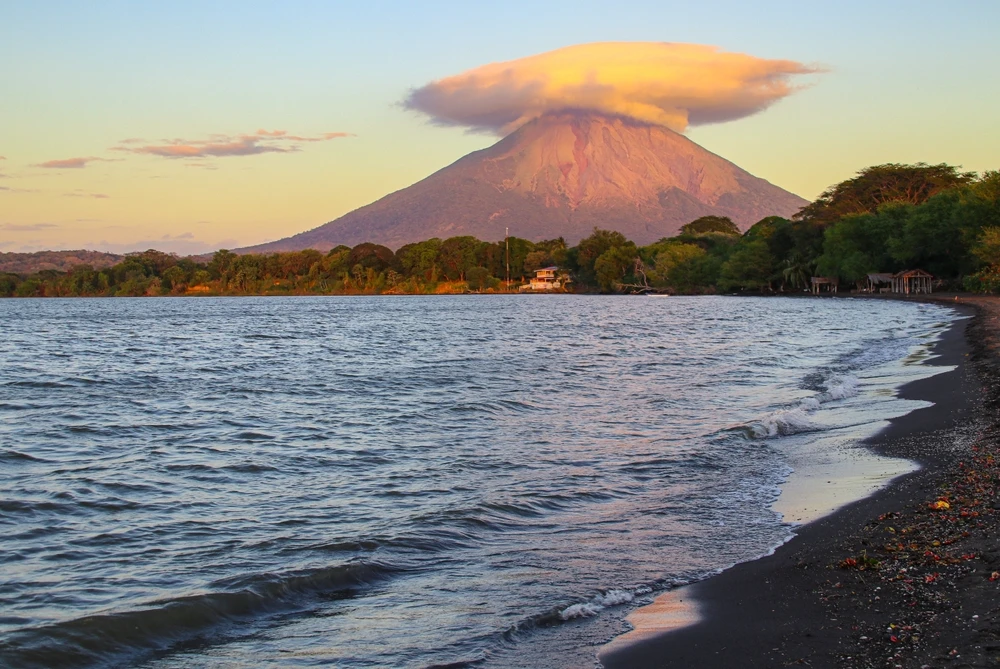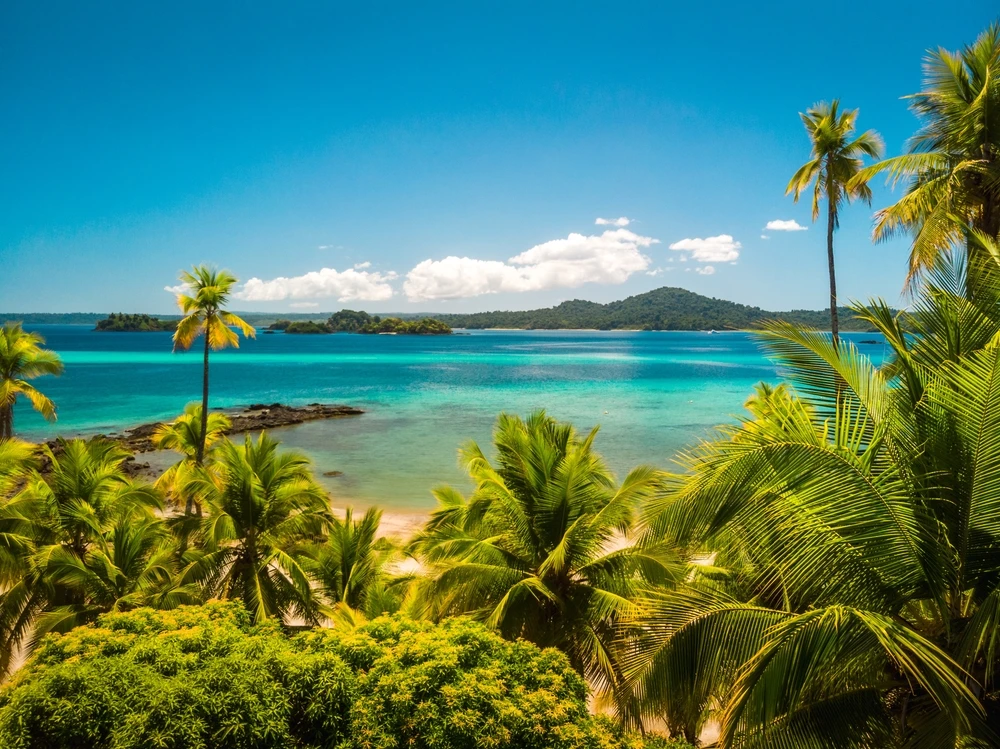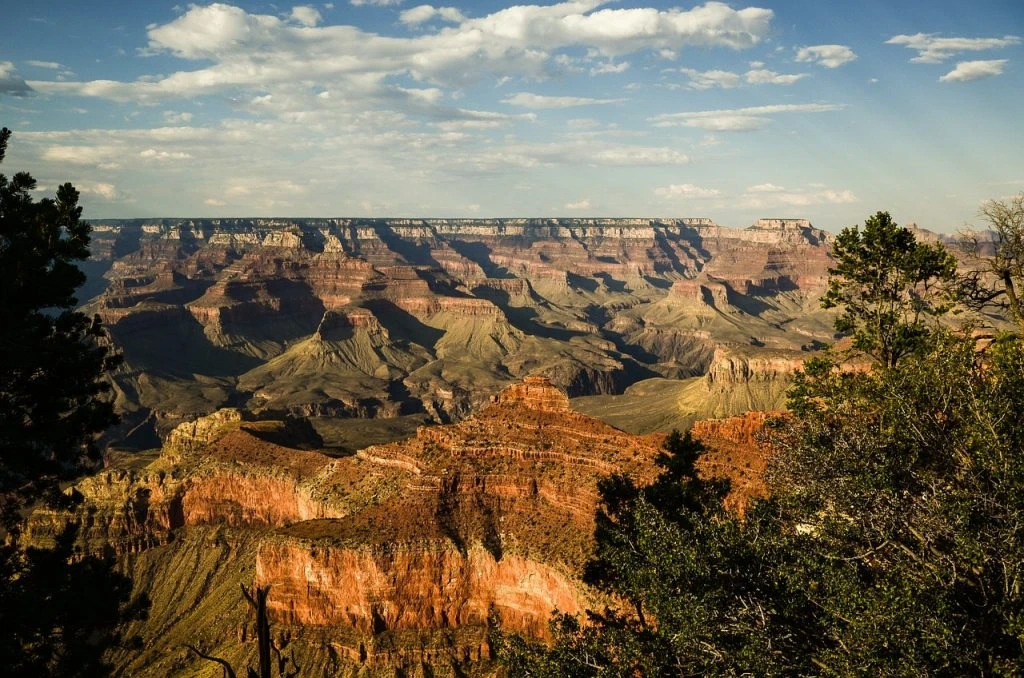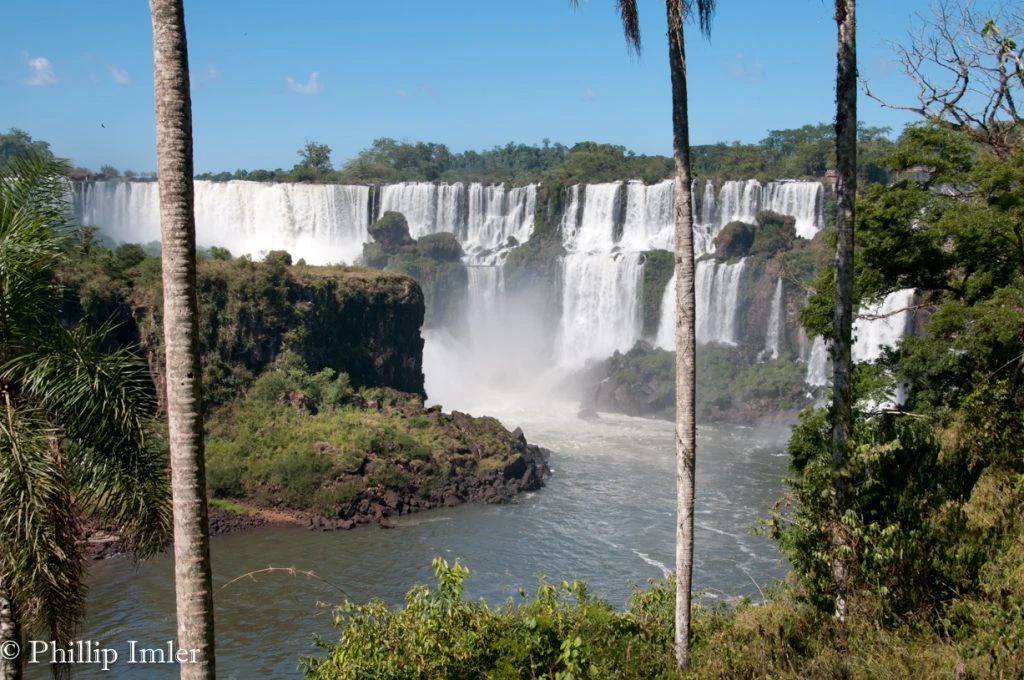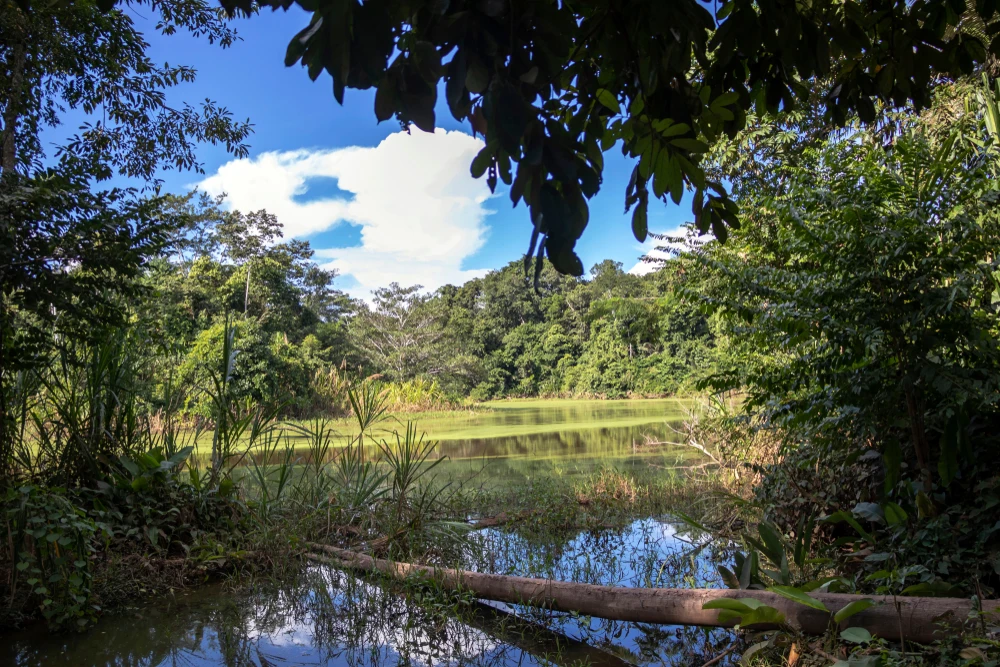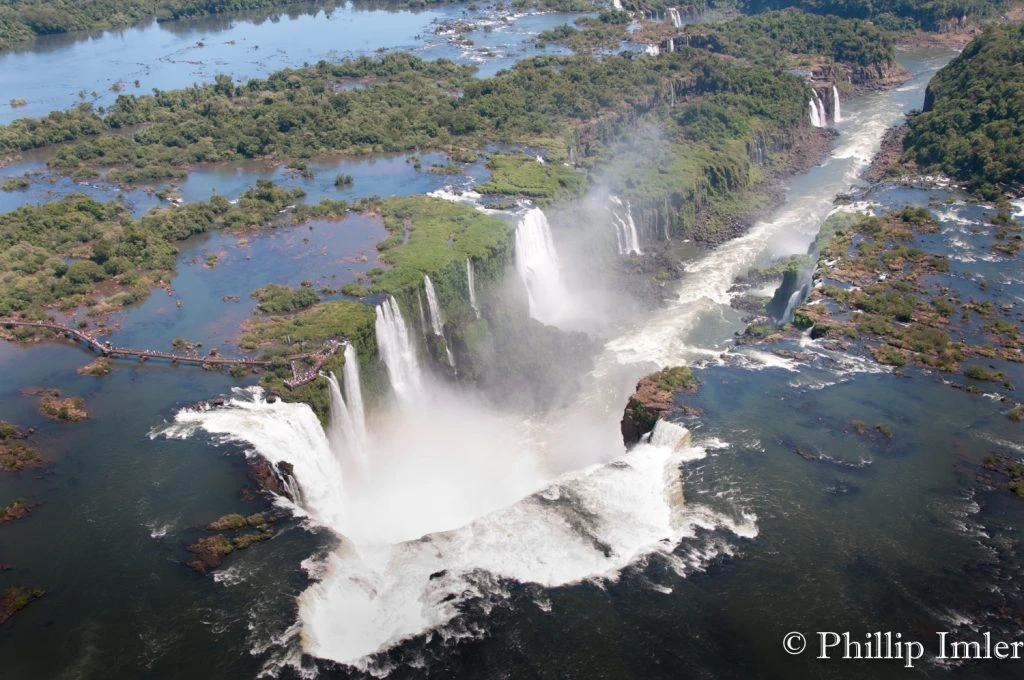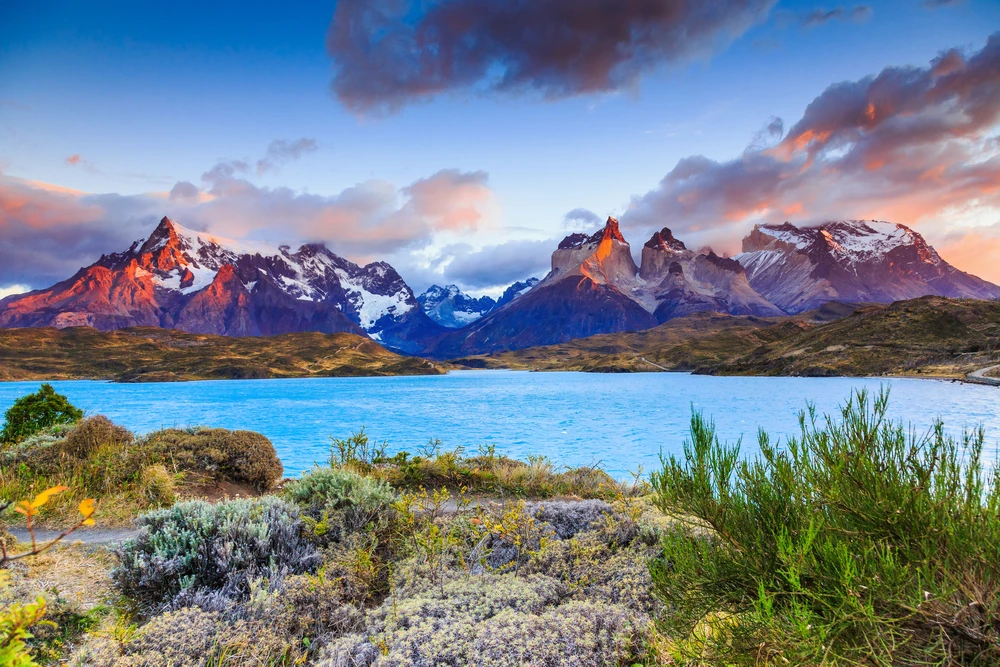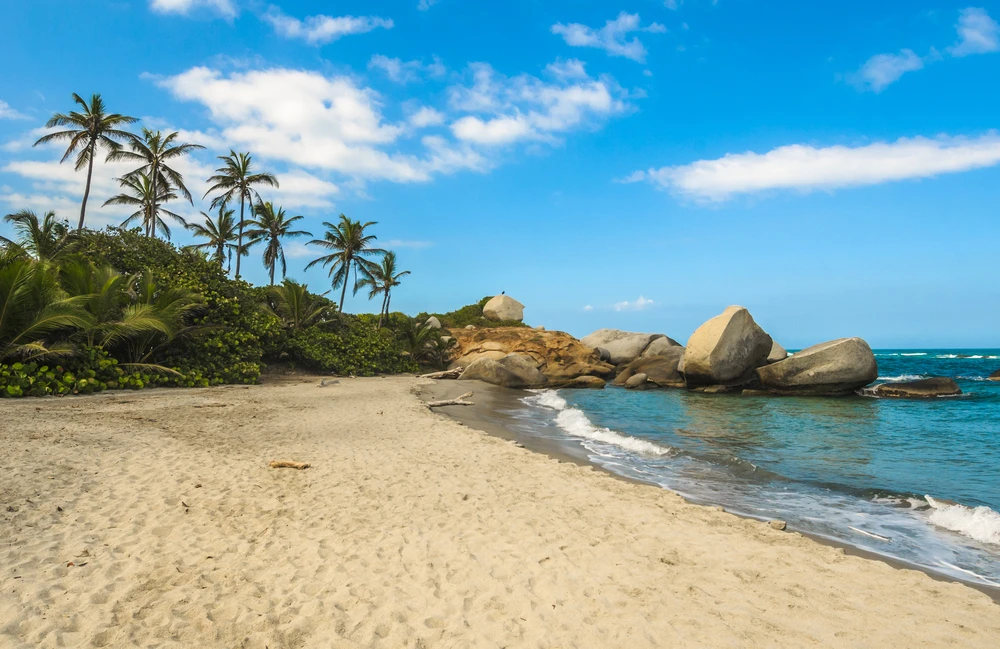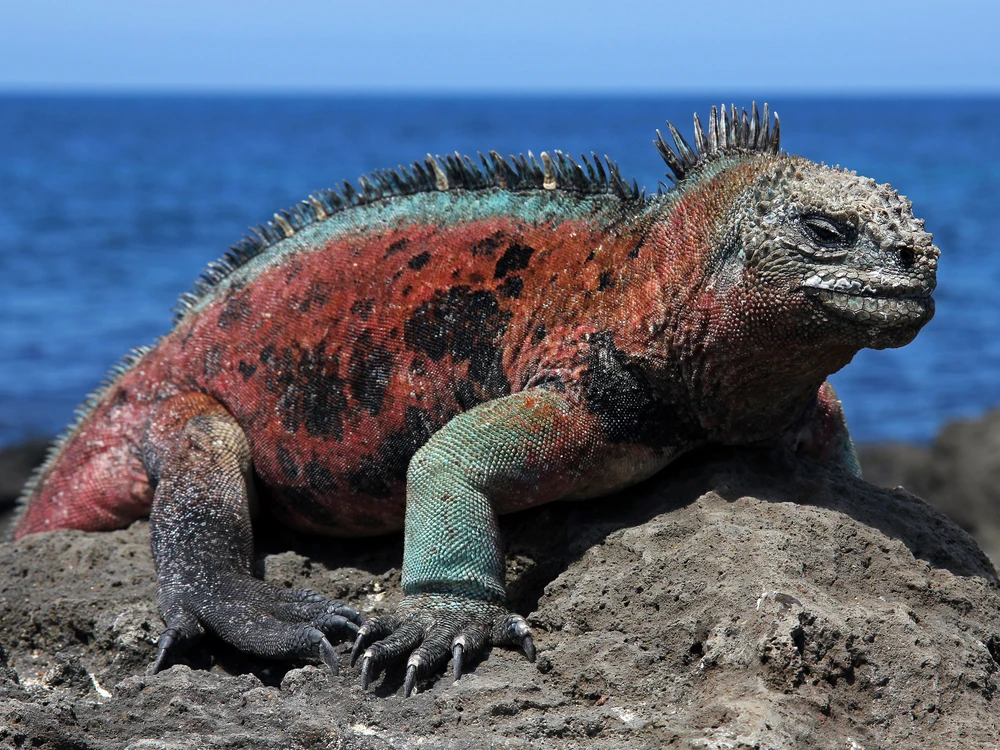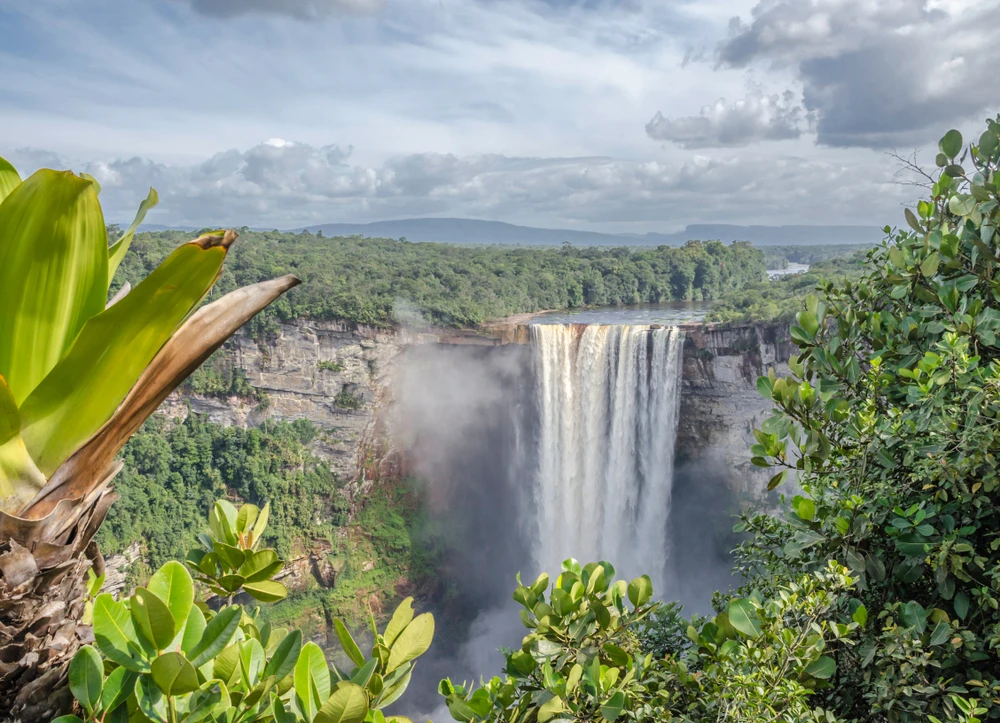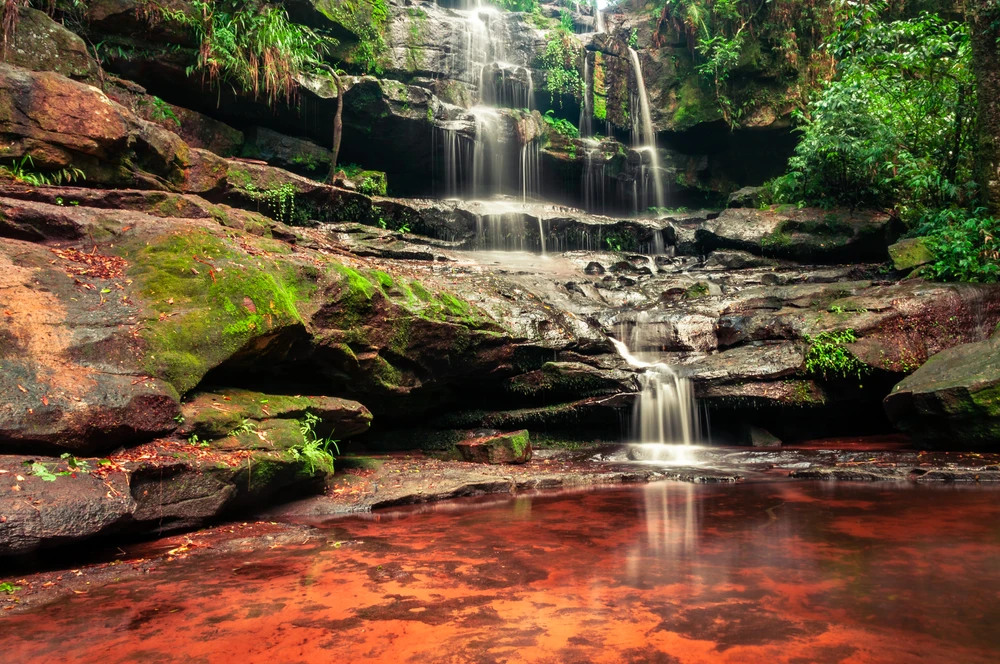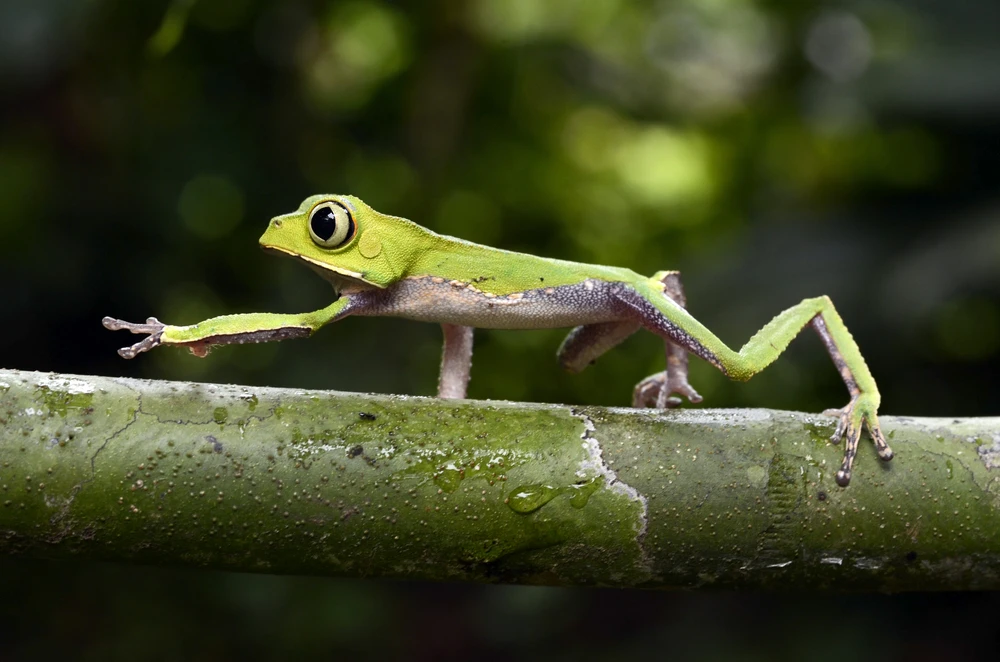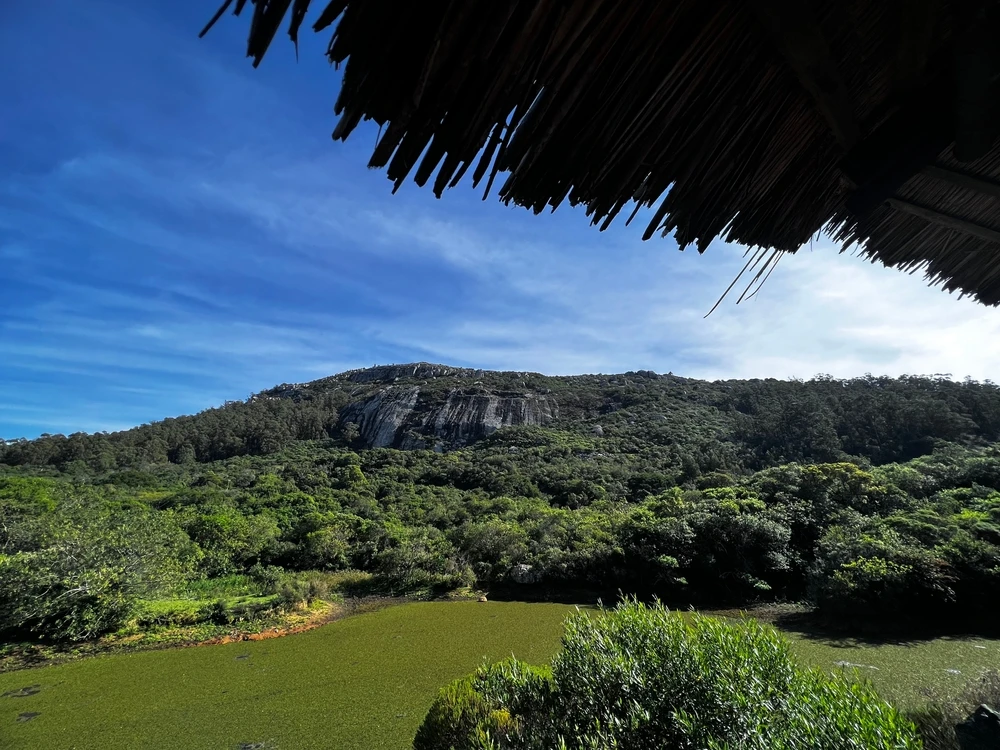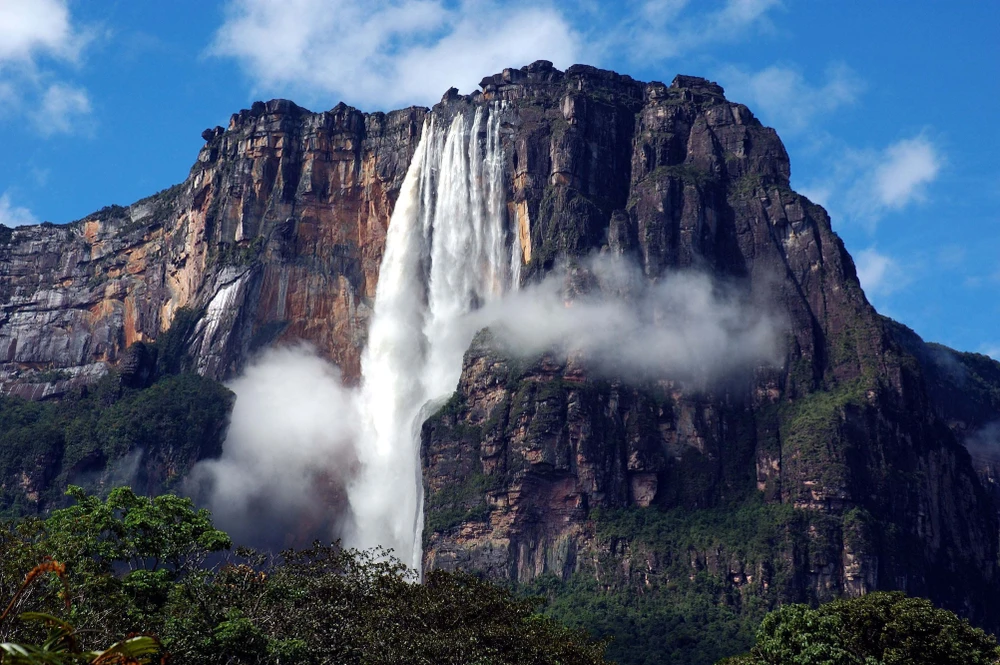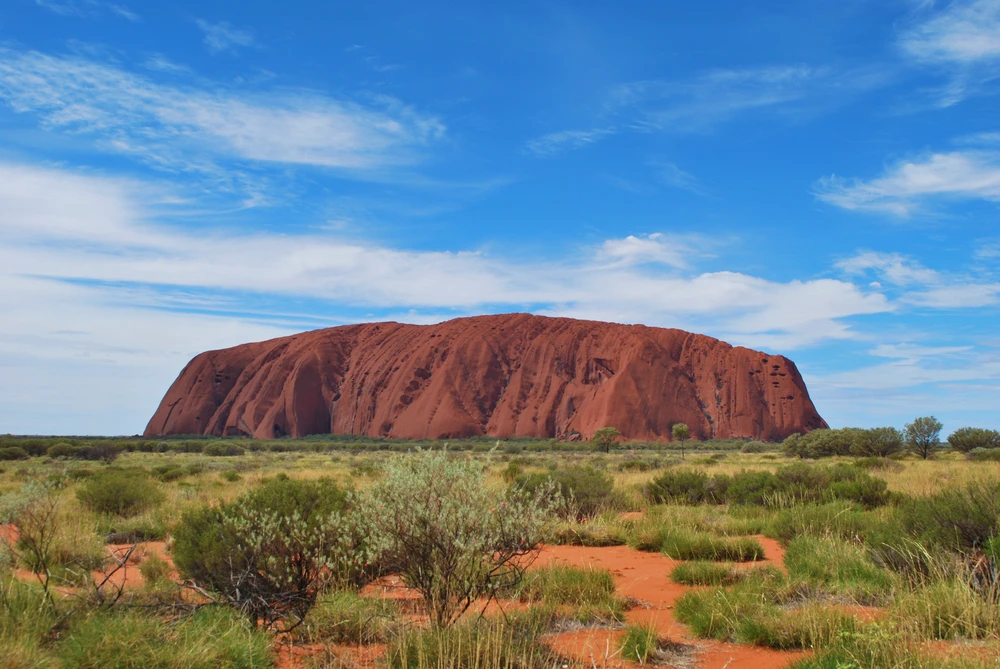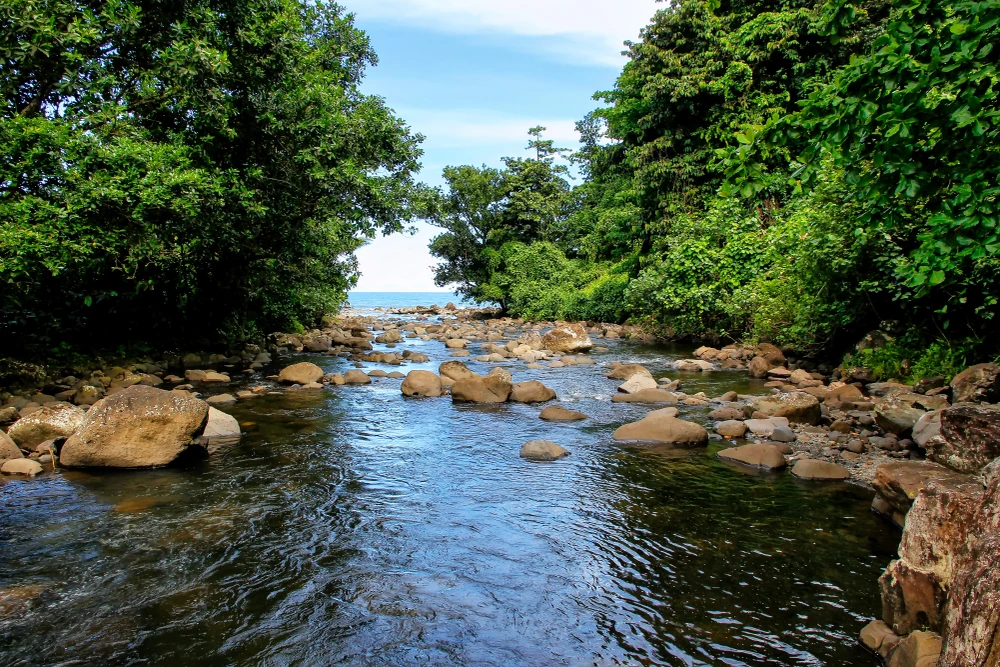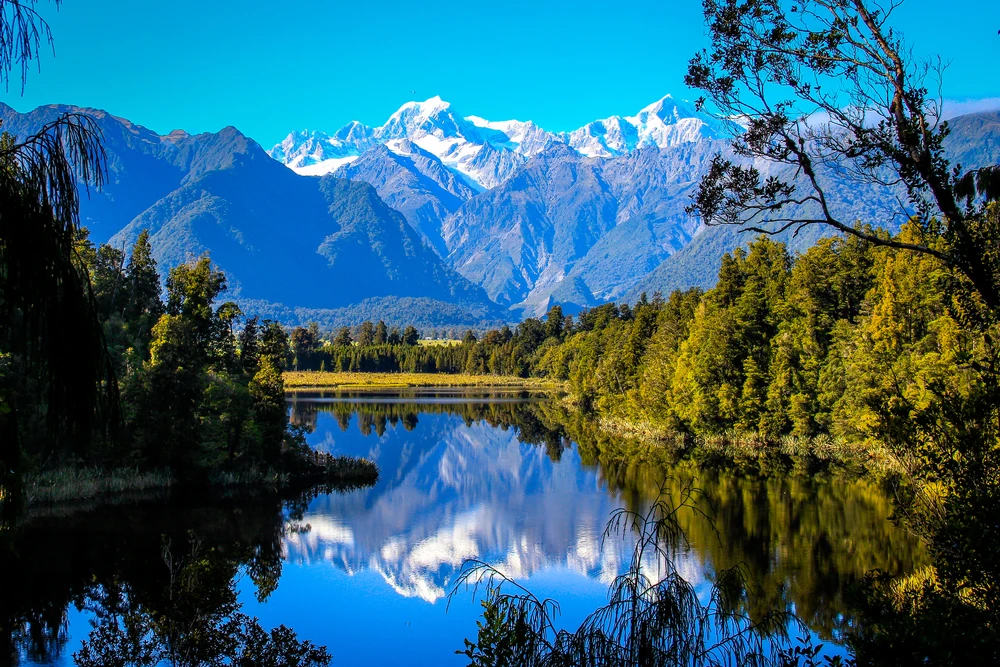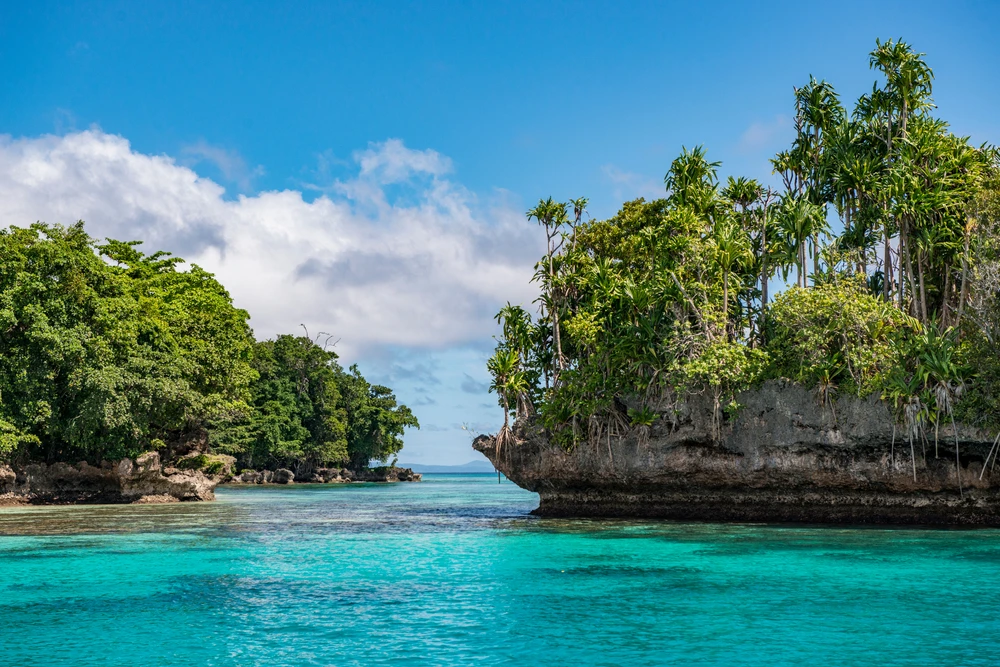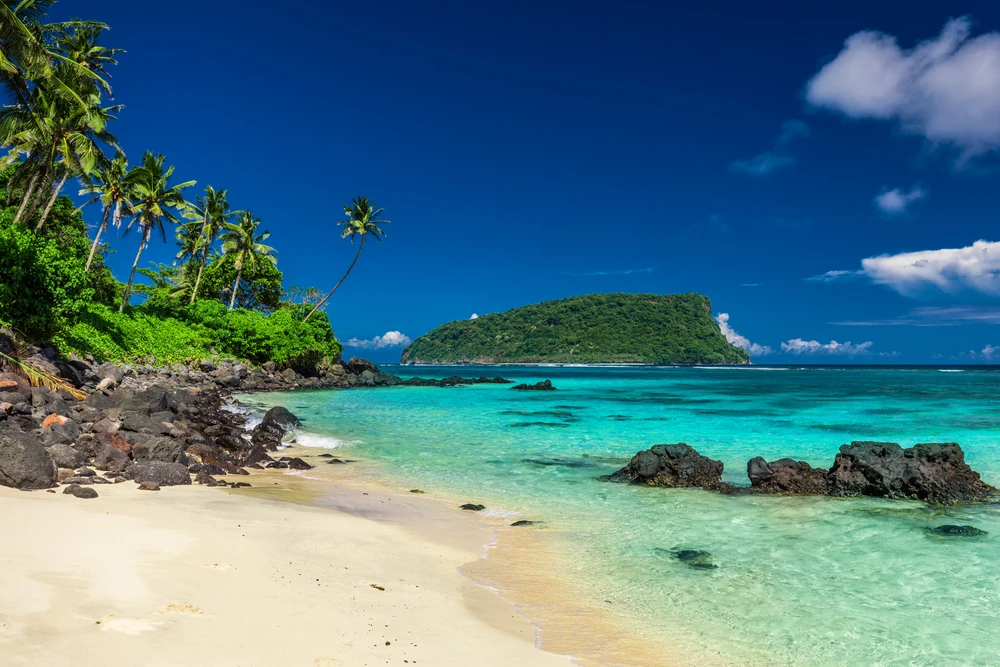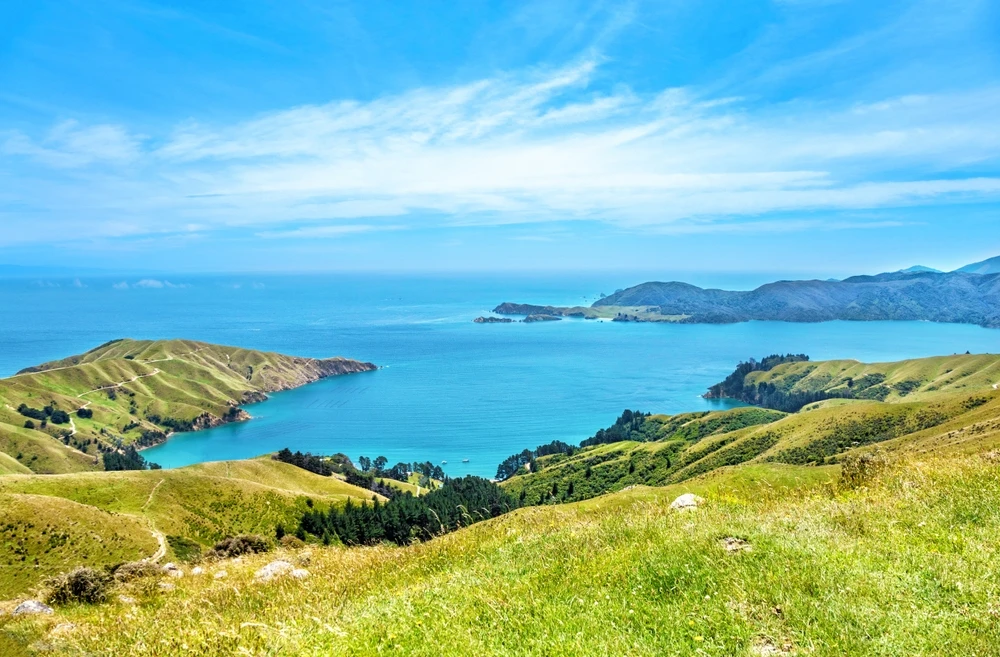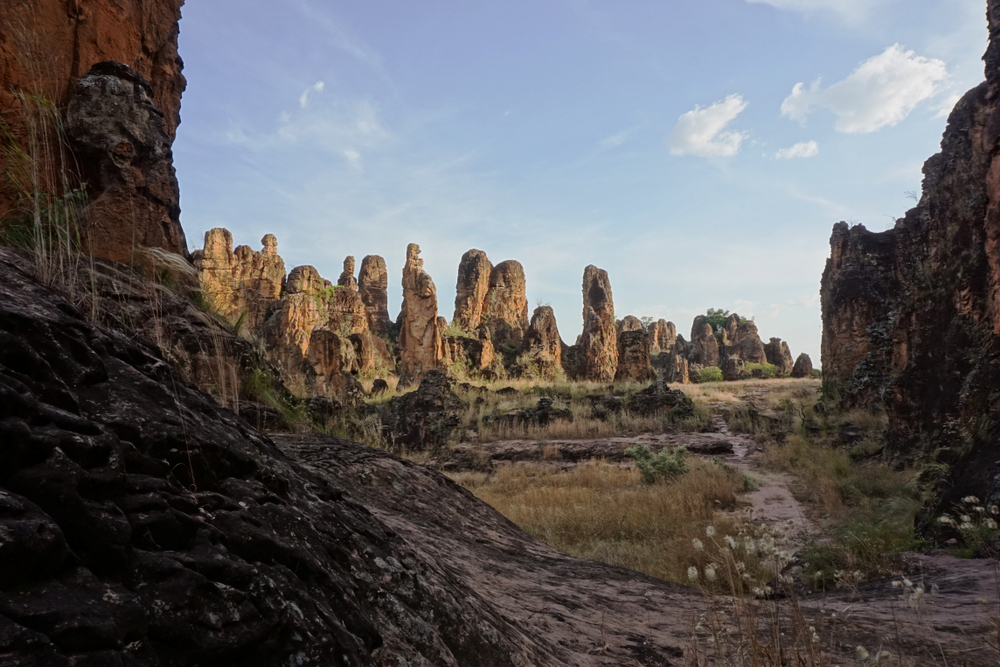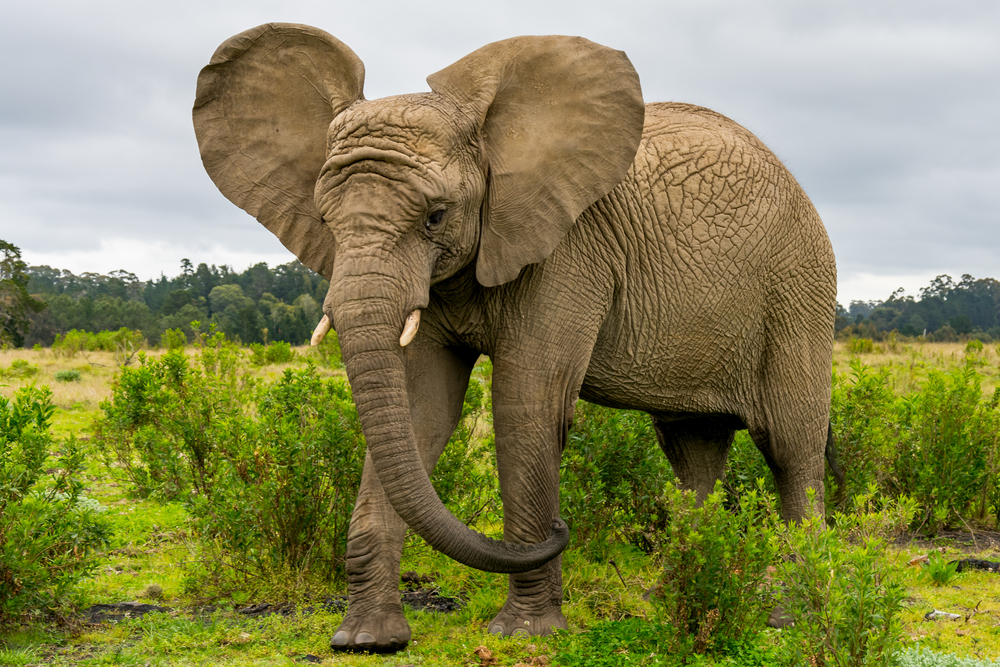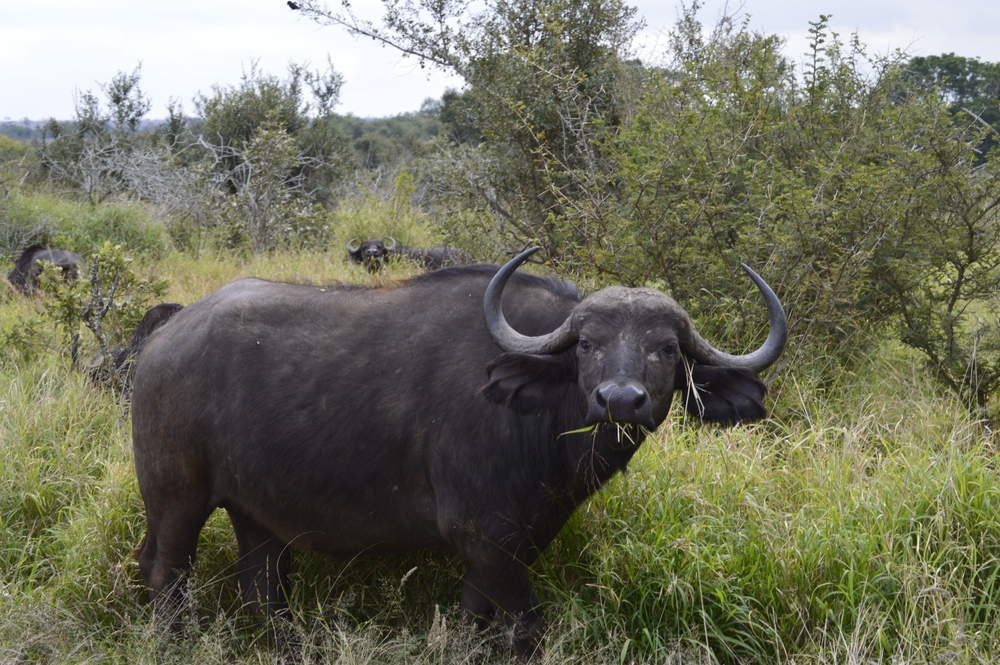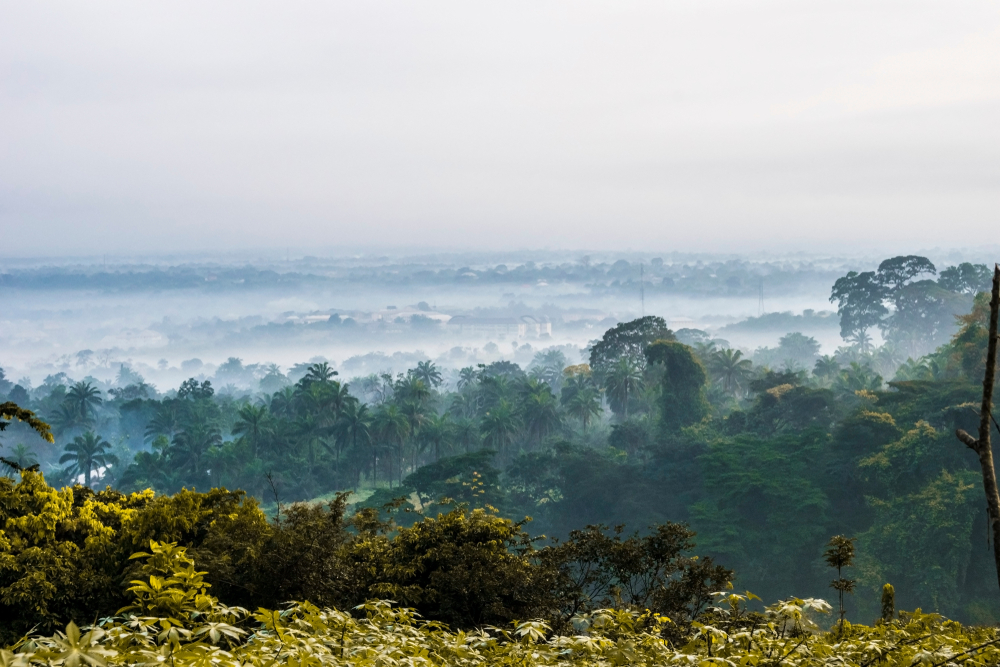Burkina Faso, a landlocked country in West Africa, is home to four national parks that showcase its ecological diversity and importance as a hub for biodiversity. The parks include Arli National Park, W National Park, Kaboré Tambi National Park, and Deux Balés National Park, collectively highlighting the country’s savannas, forests, and wetlands. These areas provide habitats for an impressive array of wildlife, including elephants, lions, cheetahs, antelopes, and a rich variety of bird species, offering critical support to West Africa’s fragile ecosystems.
Arli National Park, located in the southeast, is a jewel of Burkina Faso’s conservation landscape. It is part of the UNESCO-designated W-Arly-Pendjari complex shared with Niger and Benin. This park is known for its dramatic landscapes, including rugged hills, savanna grasslands, and riverine forests, making it a sanctuary for elephants, hippos, and leopards. Seasonal wildlife migrations and vibrant bird populations enhance its ecological value and attract visitors.
W National Park, another component of the W-Arly-Pendjari complex, is notable for its wetlands and the Niger River’s characteristic W-shaped course. The park supports rare and threatened species like the West African manatee and is a haven for migratory birds. Its expansive ecosystem demonstrates the interconnectedness of the region’s wildlife habitats, spanning multiple countries.
Kaboré Tambi National Park, situated closer to Ouagadougou, is characterized by savannas and woodlands. While it does not feature large predators like Arly and W, it serves as an important refuge for smaller mammals and birds. Its relative proximity to urban centers provides potential for ecotourism development, which could help bolster local conservation efforts.
Deux Balés National Park, in the west, is vital for Burkina Faso’s elephant population, which faces numerous threats from habitat encroachment and poaching. The park’s grasslands and wooded areas are crucial habitats for herbivores and other wildlife. Conservation programs here have focused on mitigating human-wildlife conflict, a pressing issue in this region.
Despite these parks’ ecological significance, Burkina Faso faces substantial conservation challenges. Poaching, agricultural encroachment, and deforestation have placed immense pressure on wildlife and ecosystems. However, international collaborations, particularly within the W-Arly-Pendjari complex, have led to strengthened anti-poaching measures and biodiversity monitoring programs. Community-based initiatives are also helping to align local economic interests with conservation goals, fostering sustainable practices.
Burkina Faso’s national parks are vital to preserving West Africa’s biodiversity and provide a unique opportunity to experience the region’s natural beauty while reflecting the complexities of conservation in a developing country. Explore more to learn about the natural resources found within the national parks of Burkina Faso.
Scroll for an Alphabetical list of Burkina Faso National Parks
